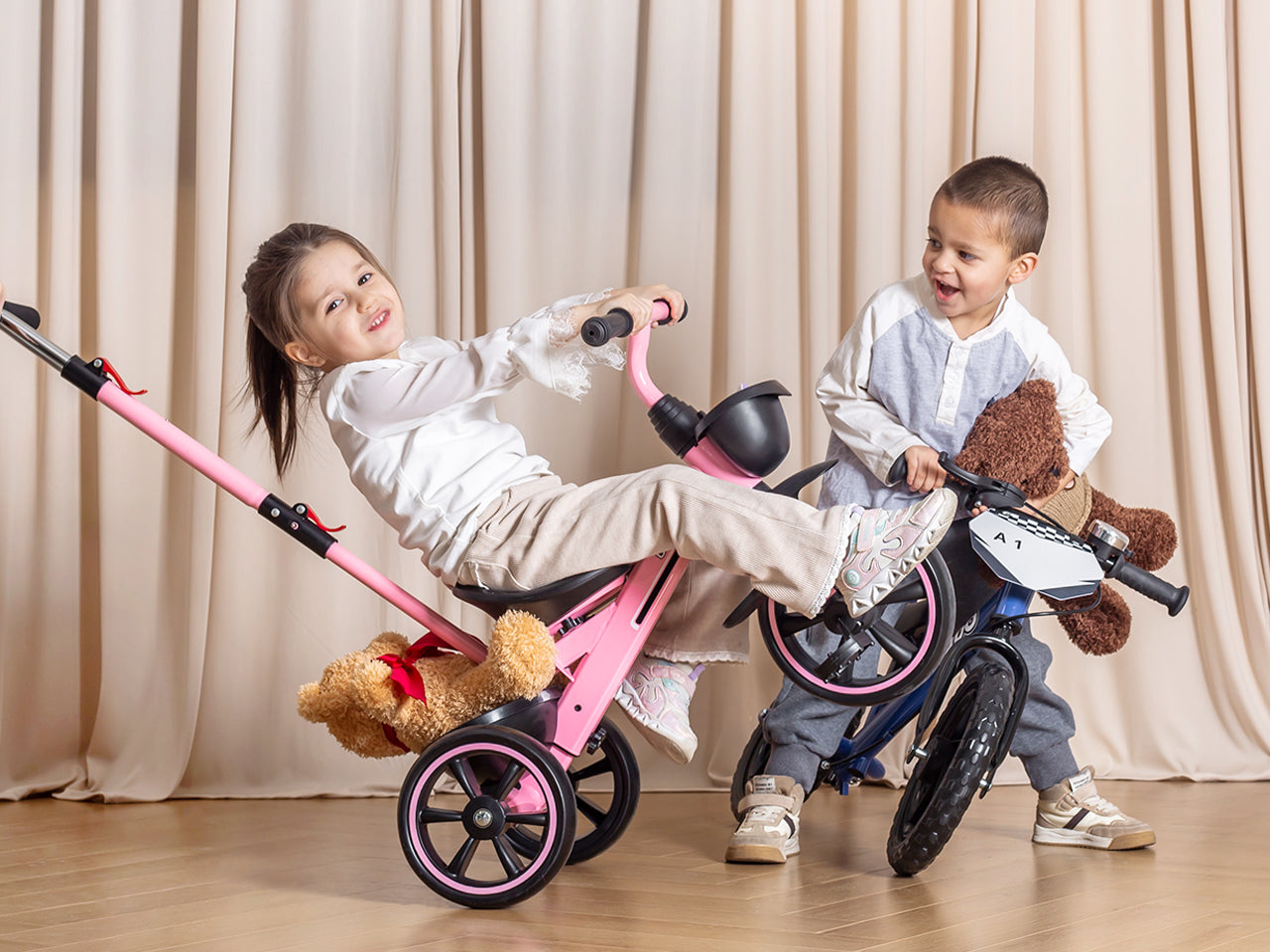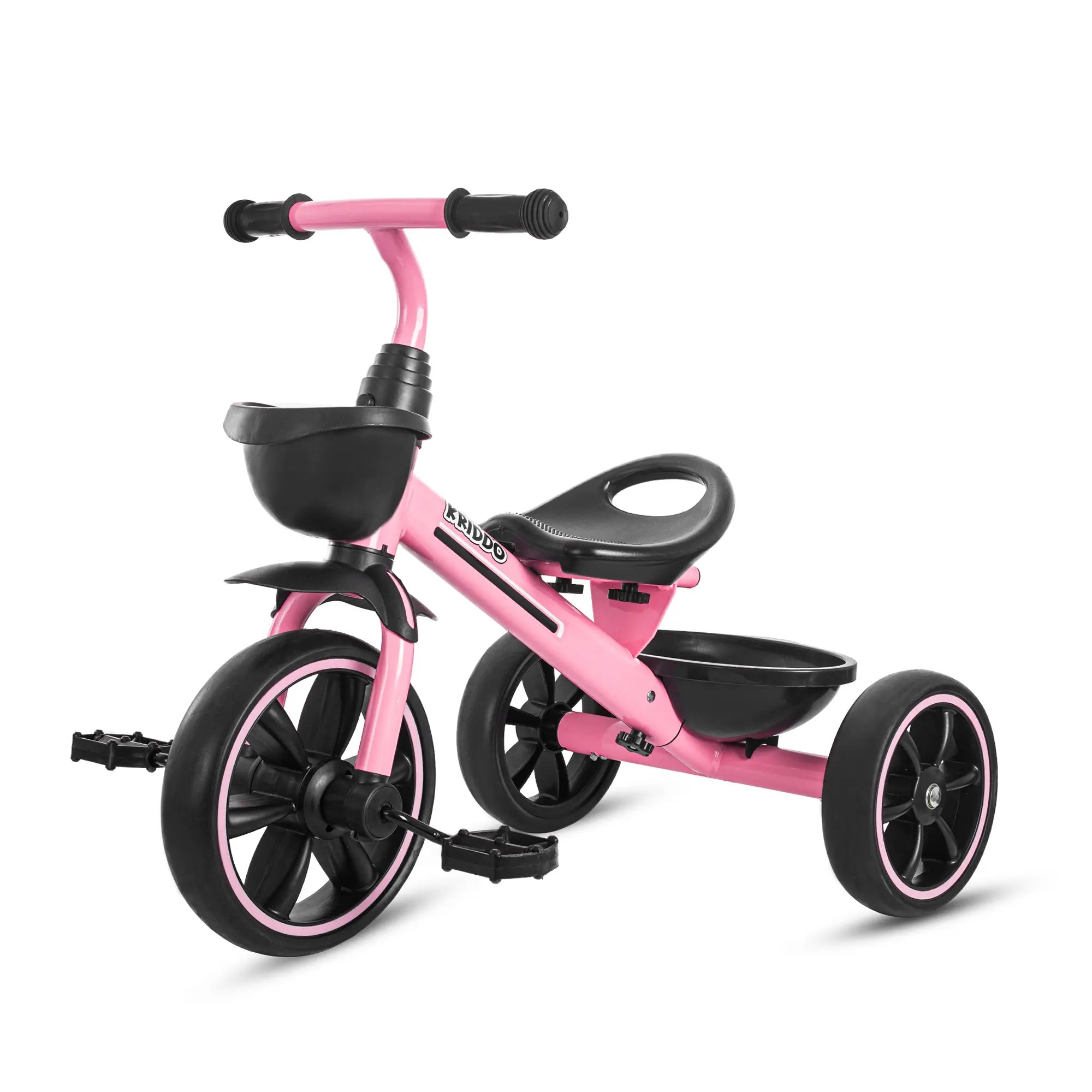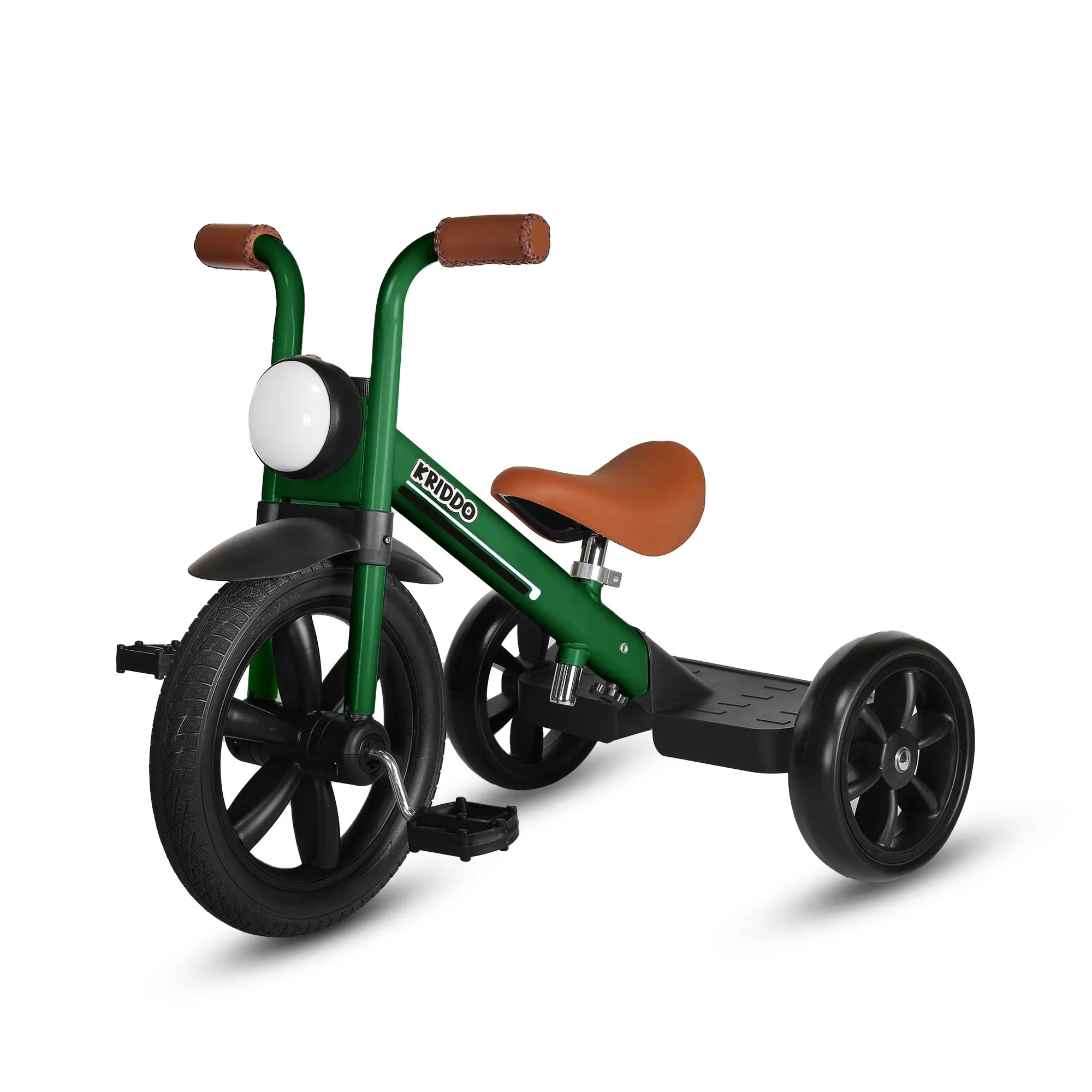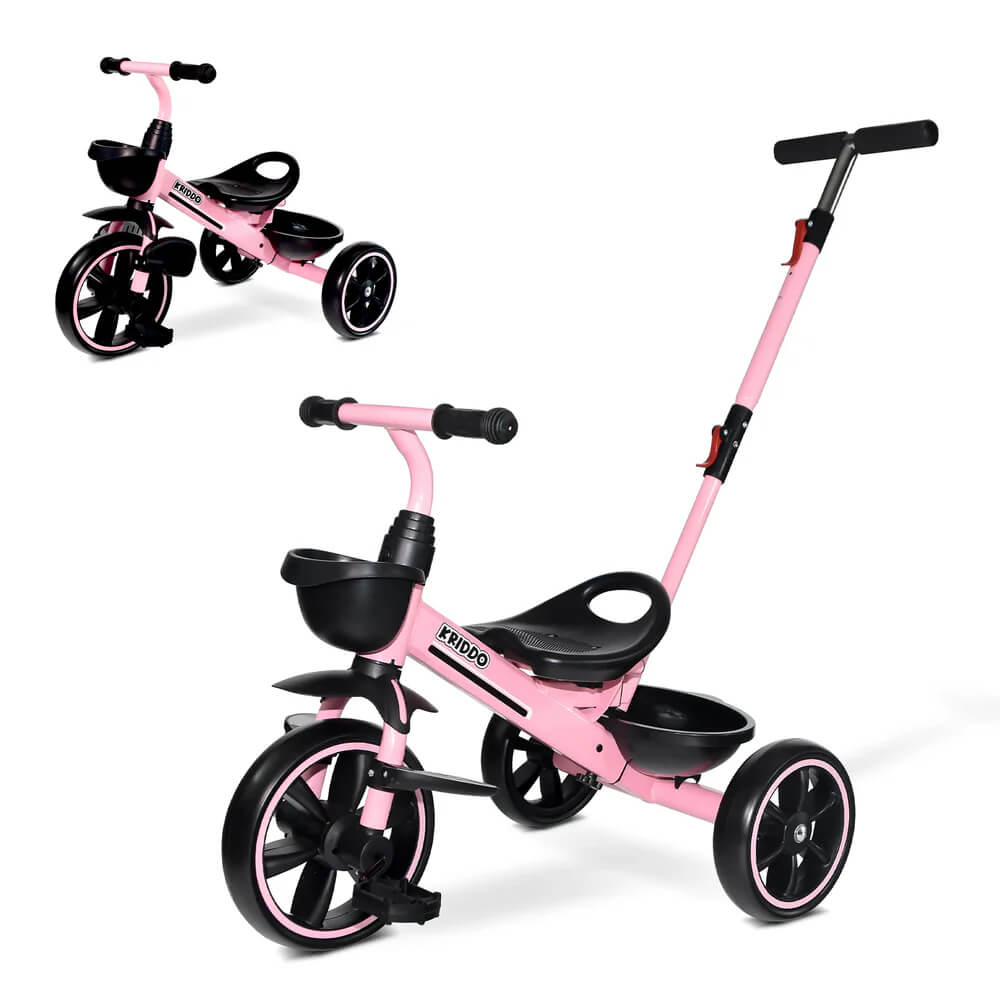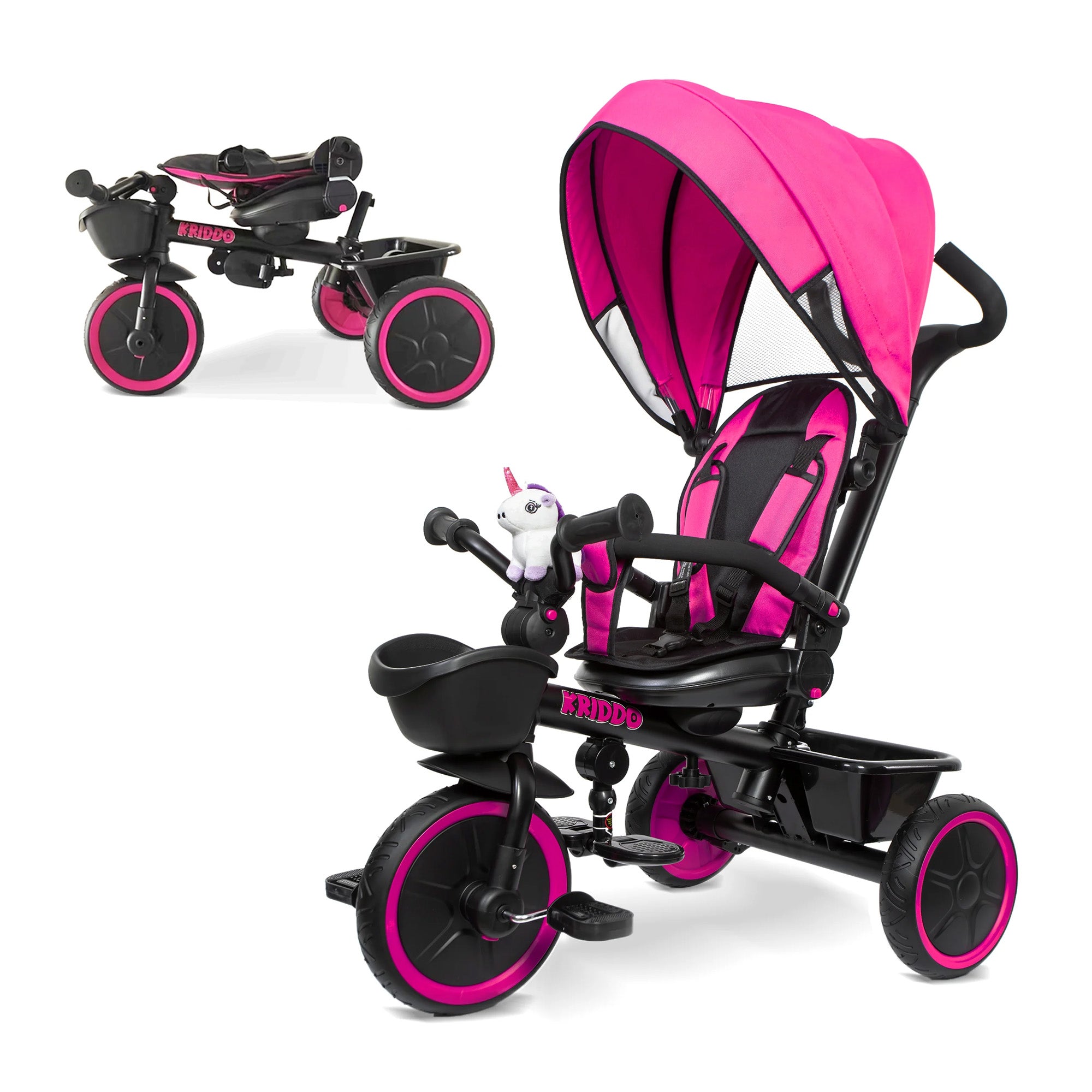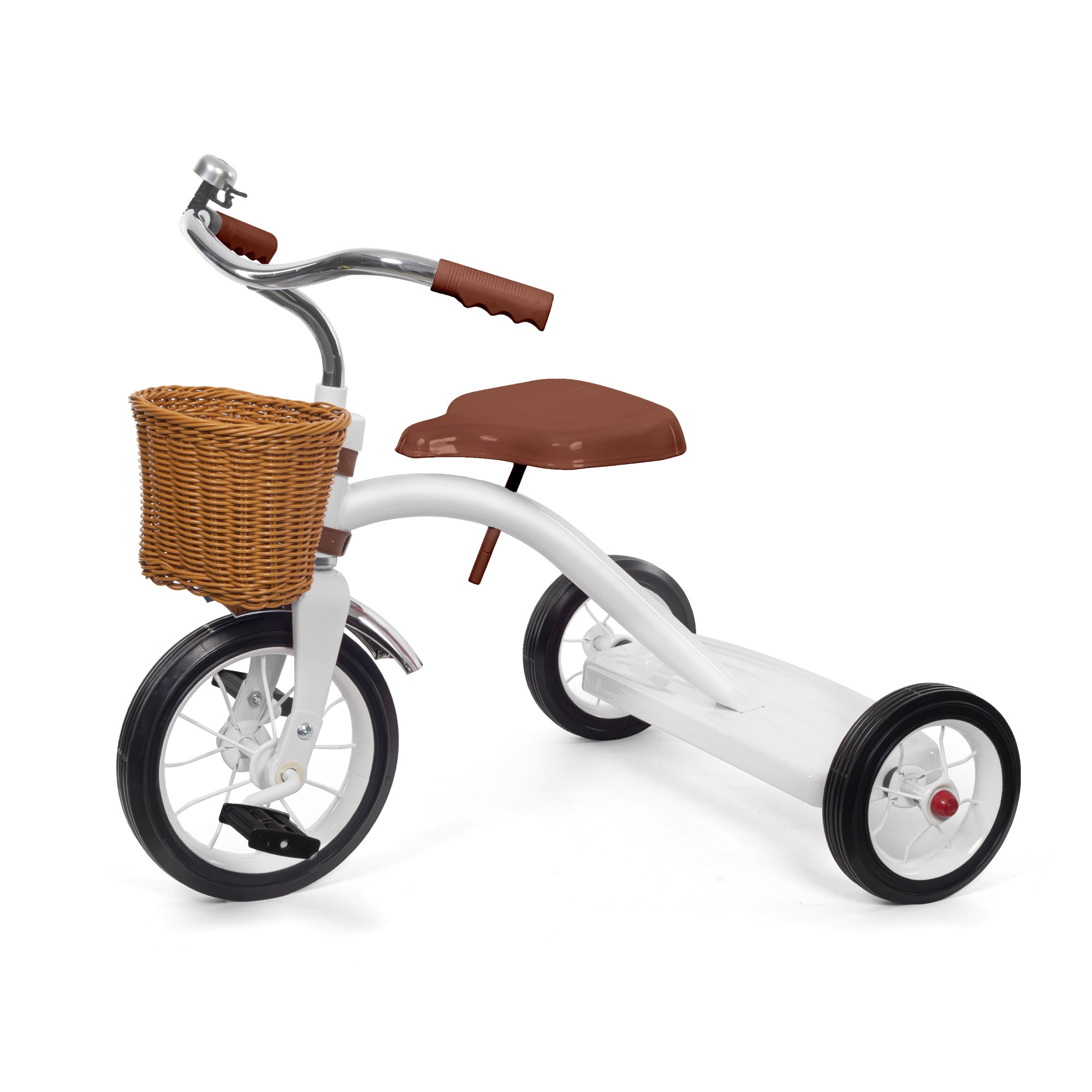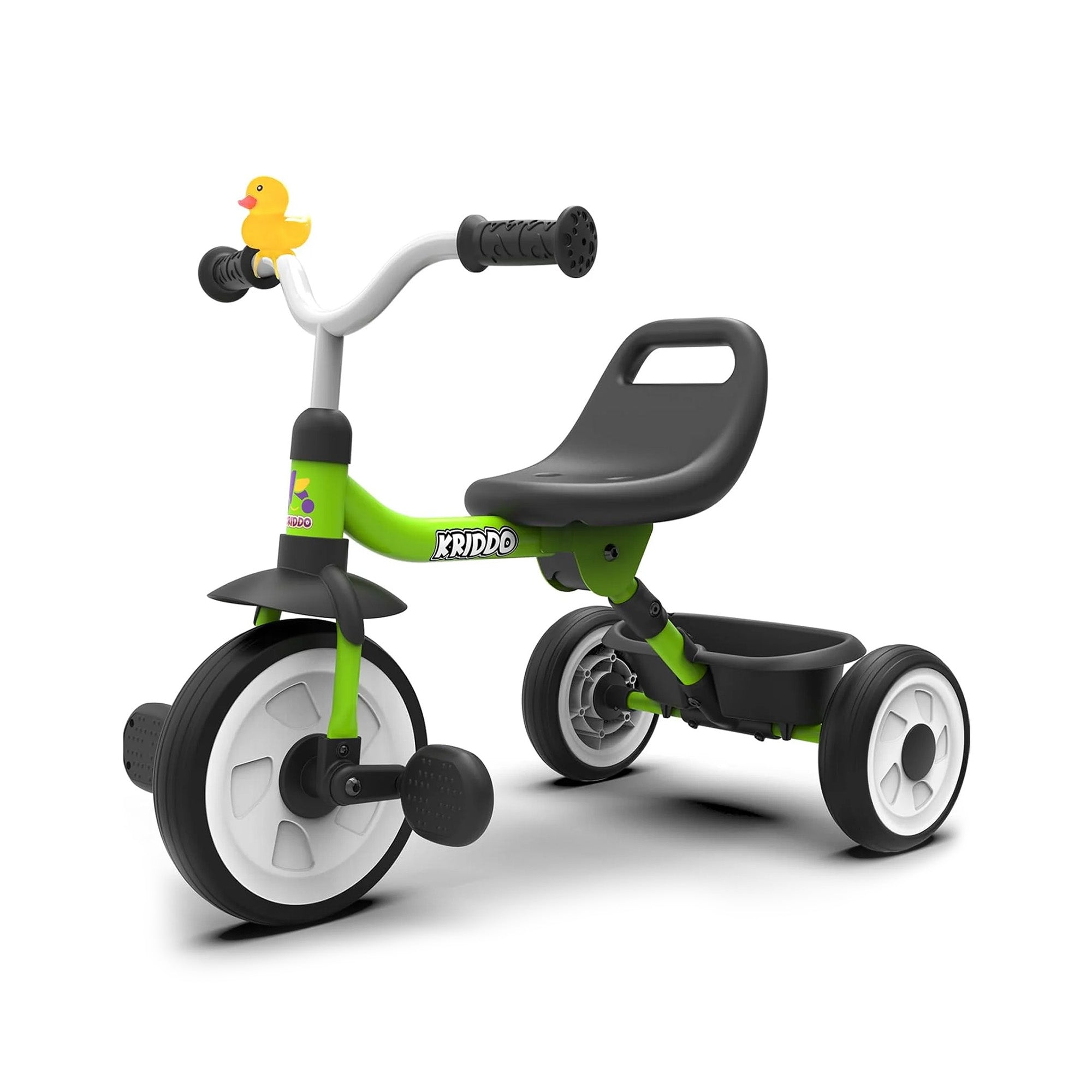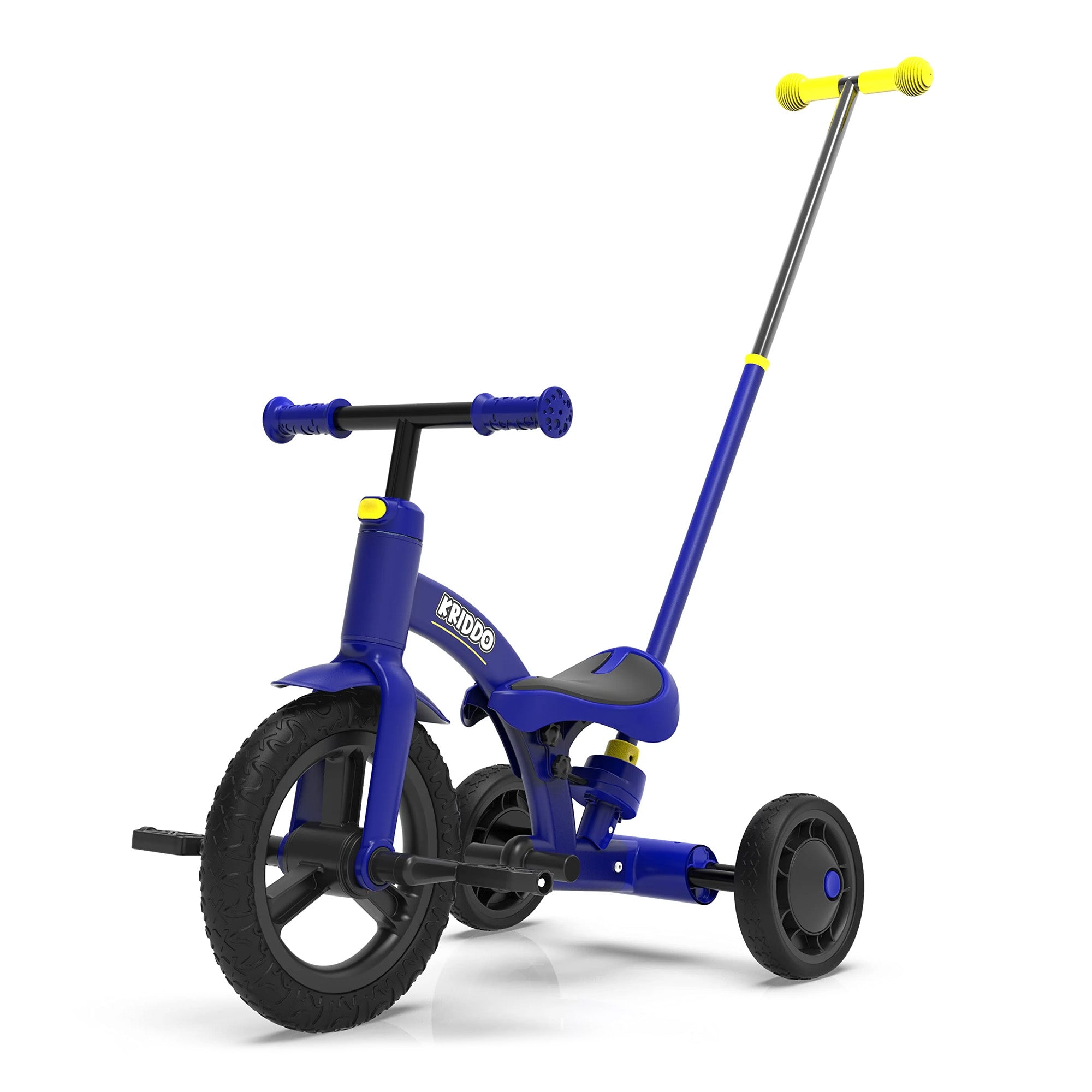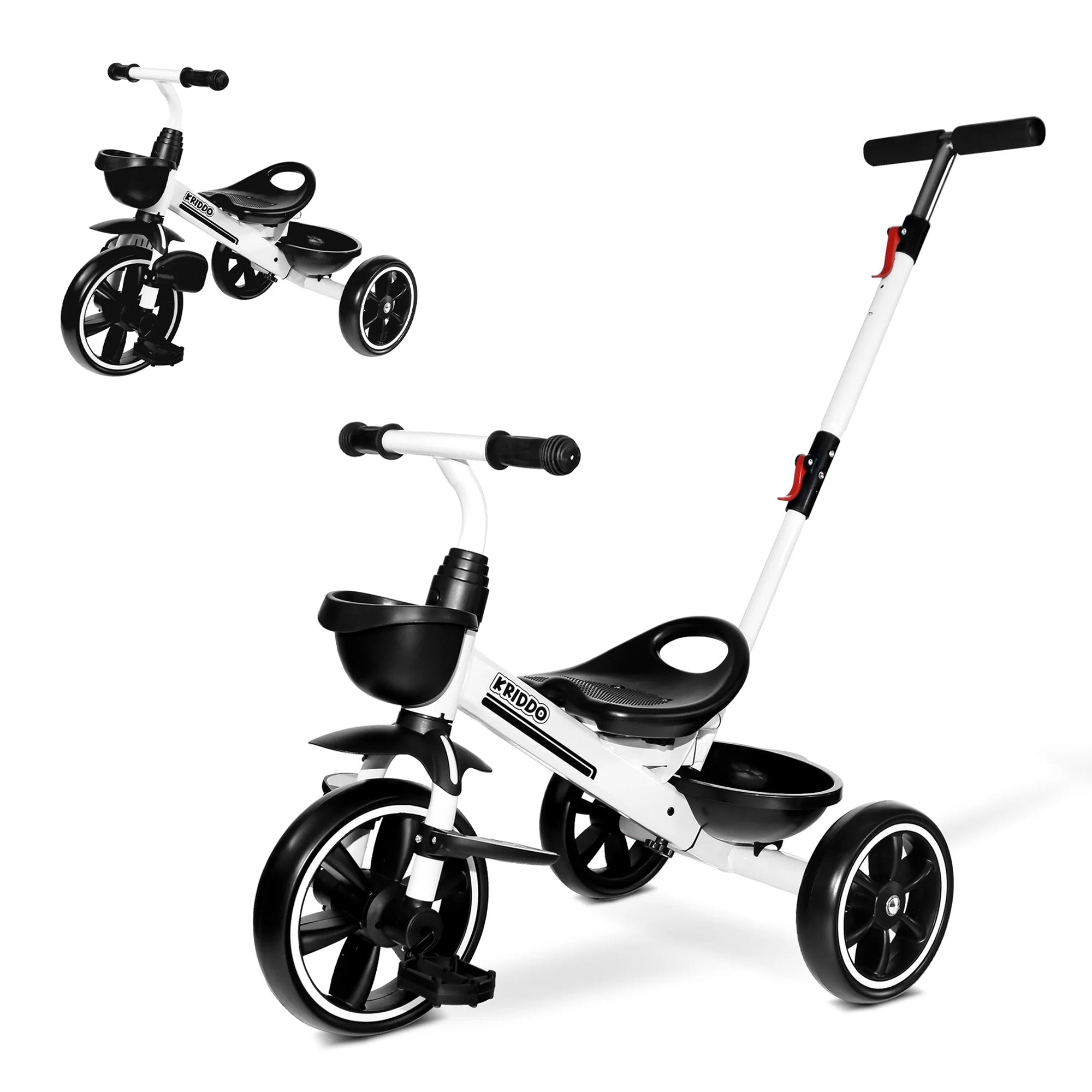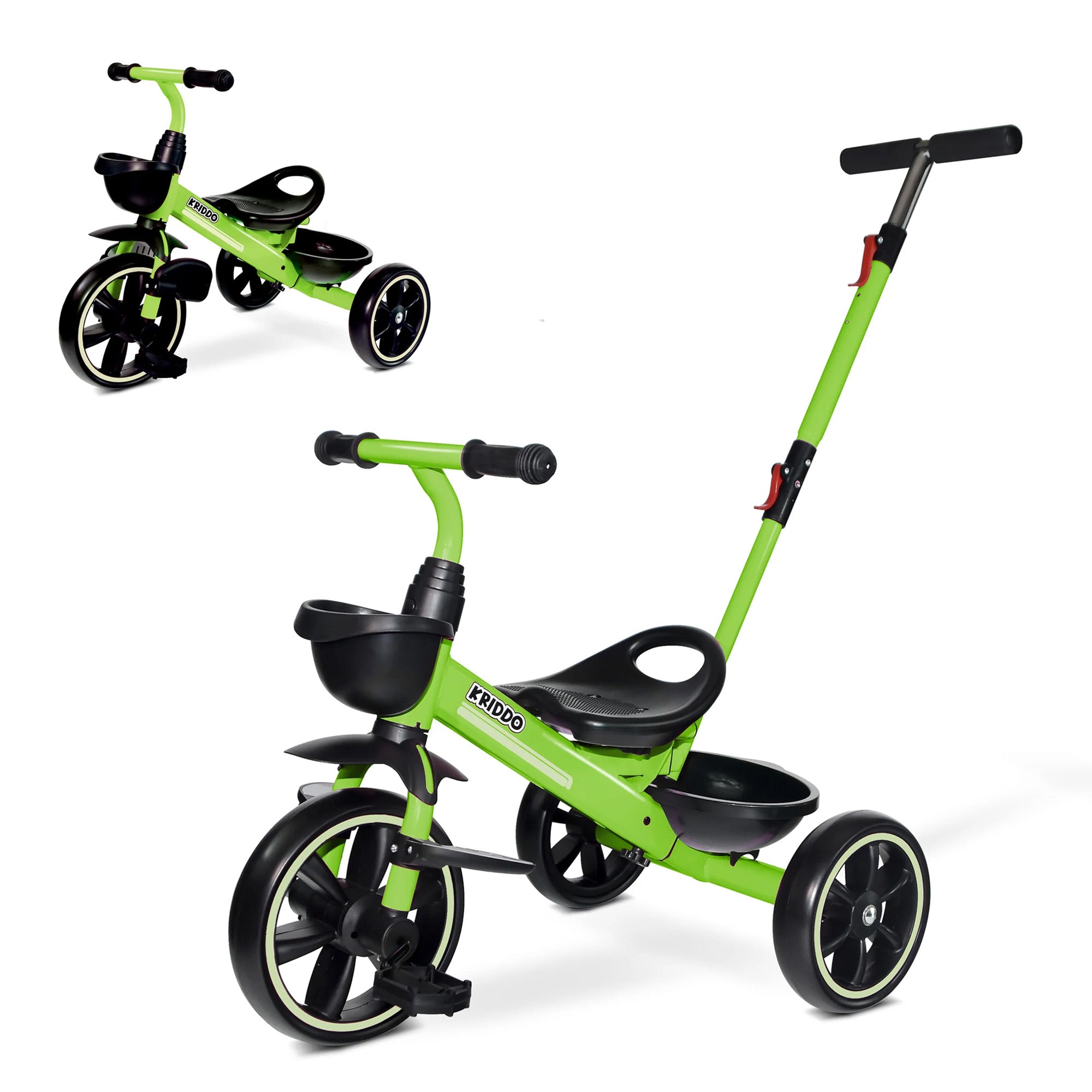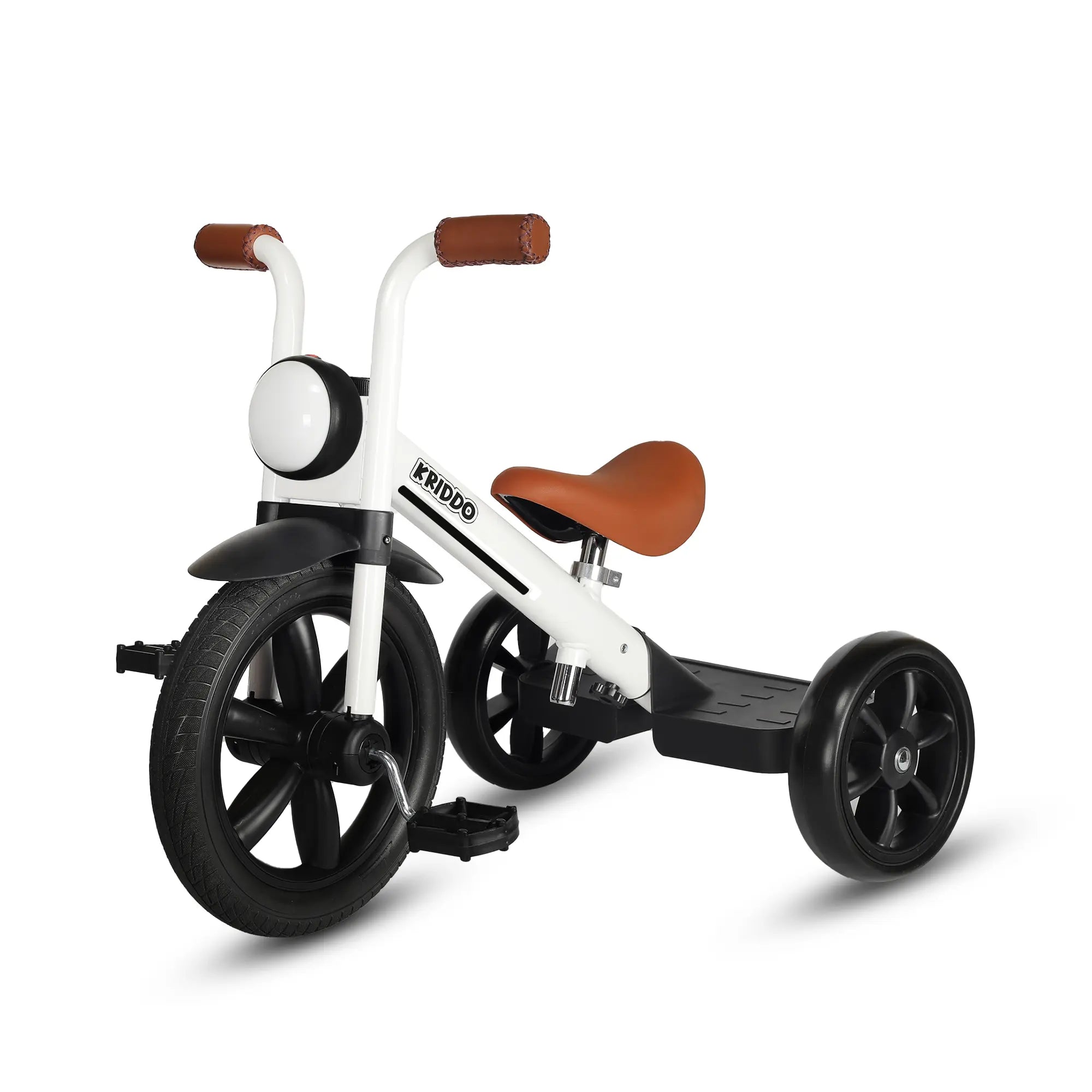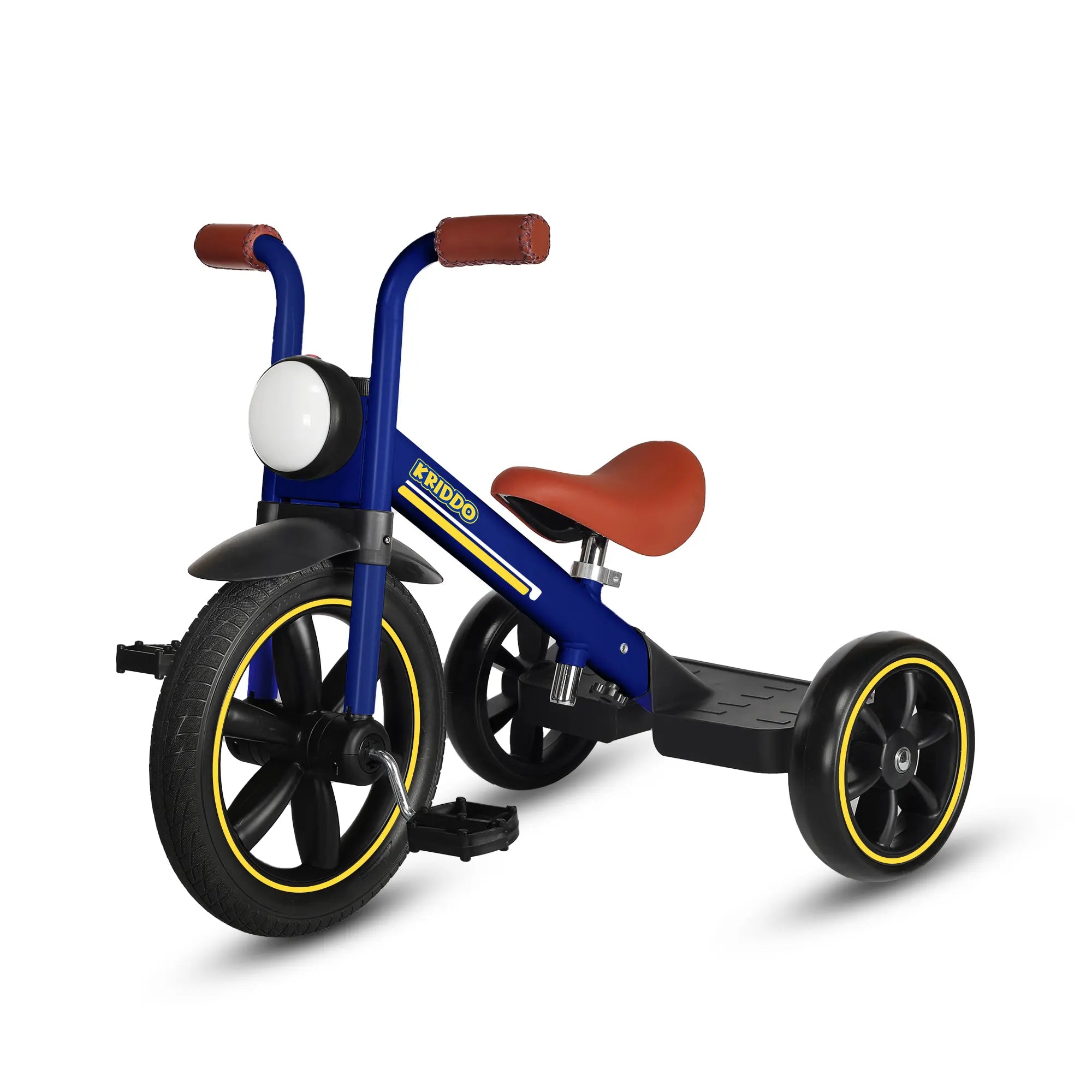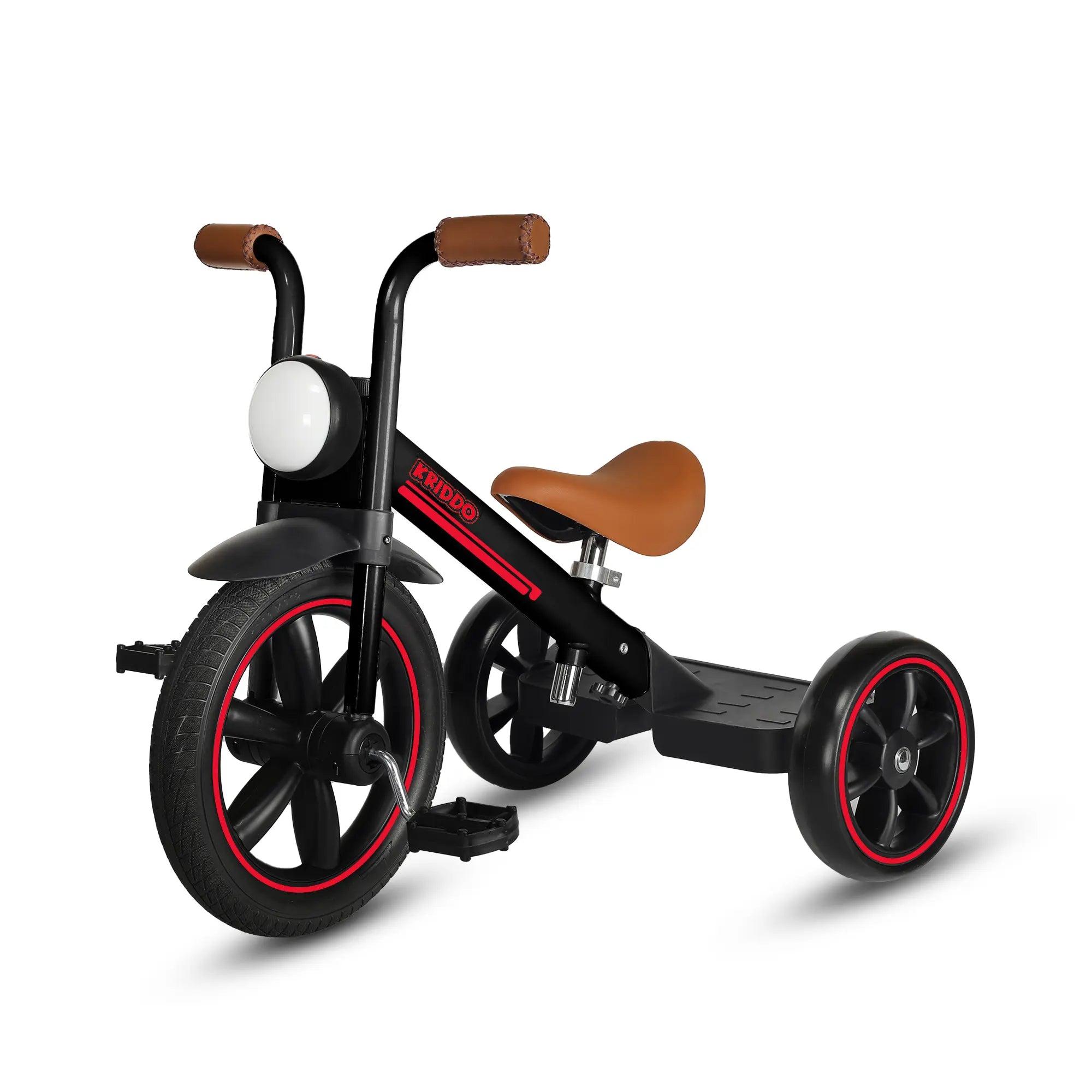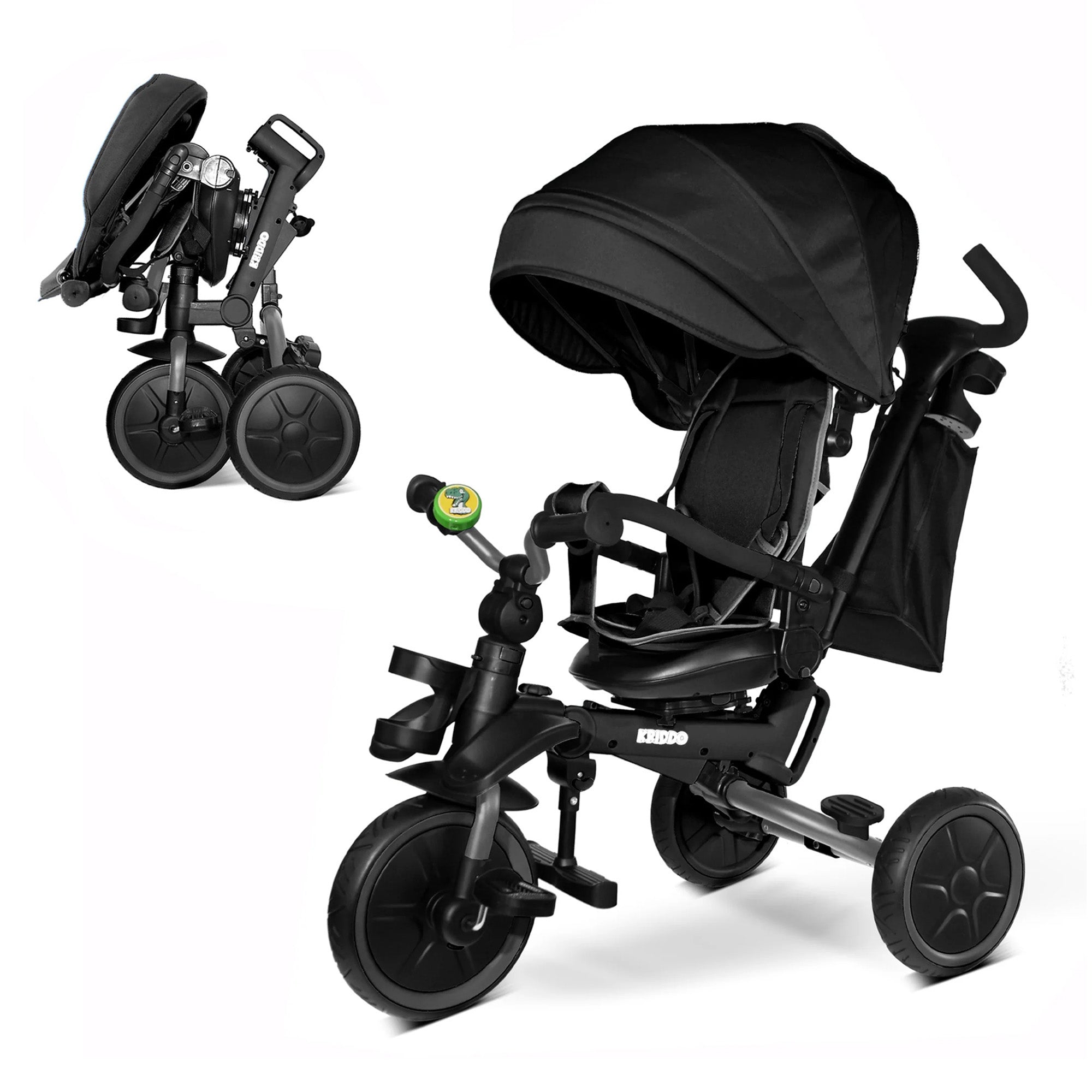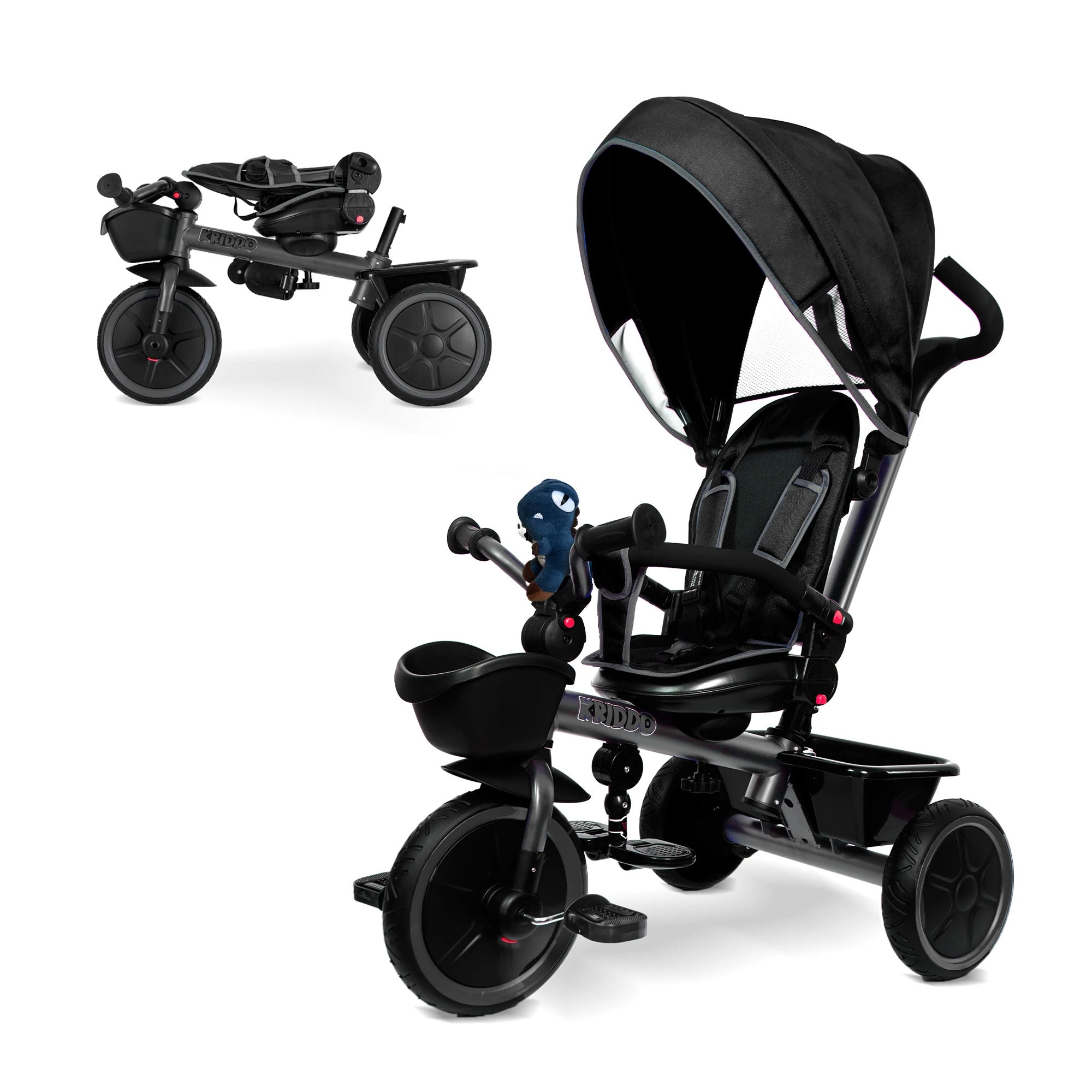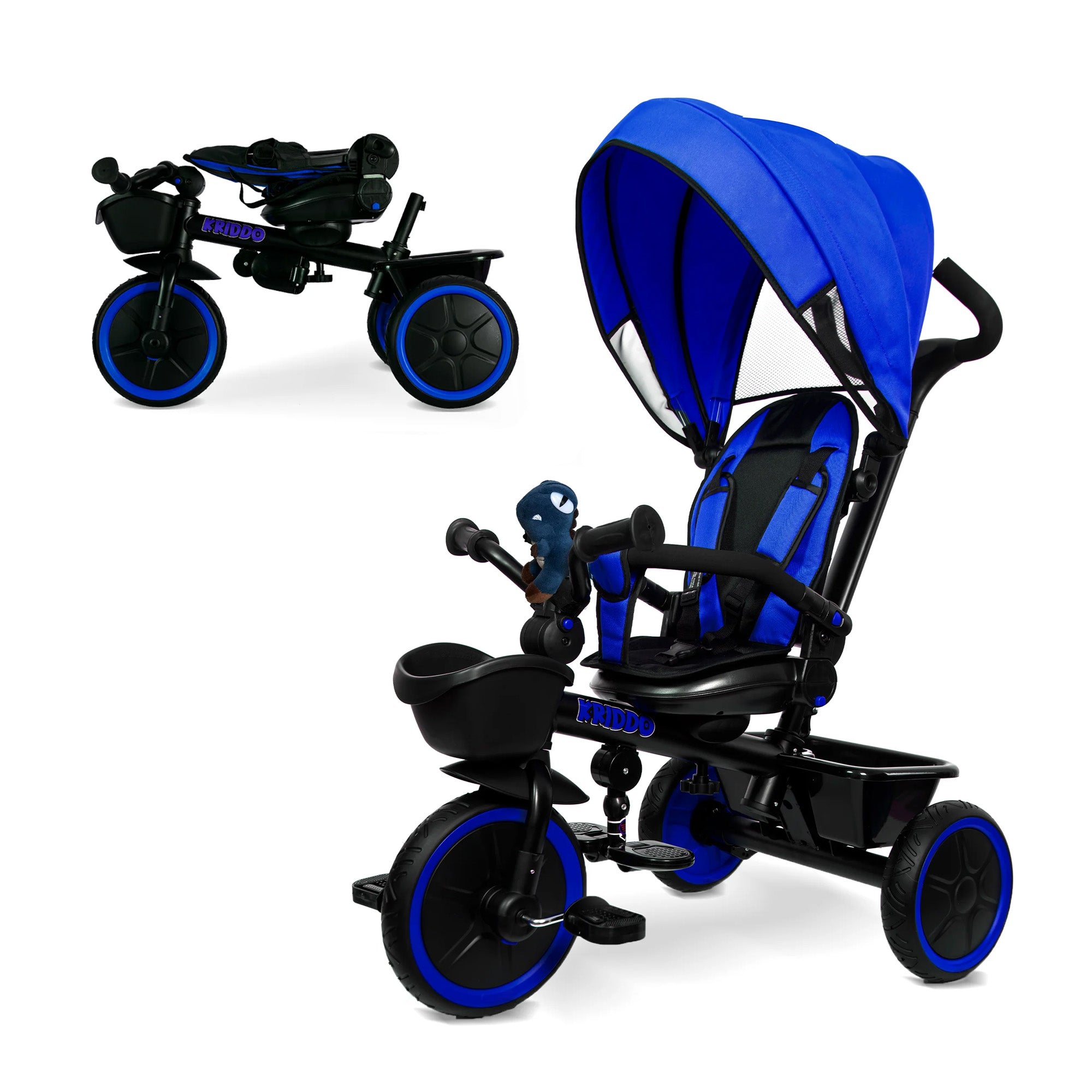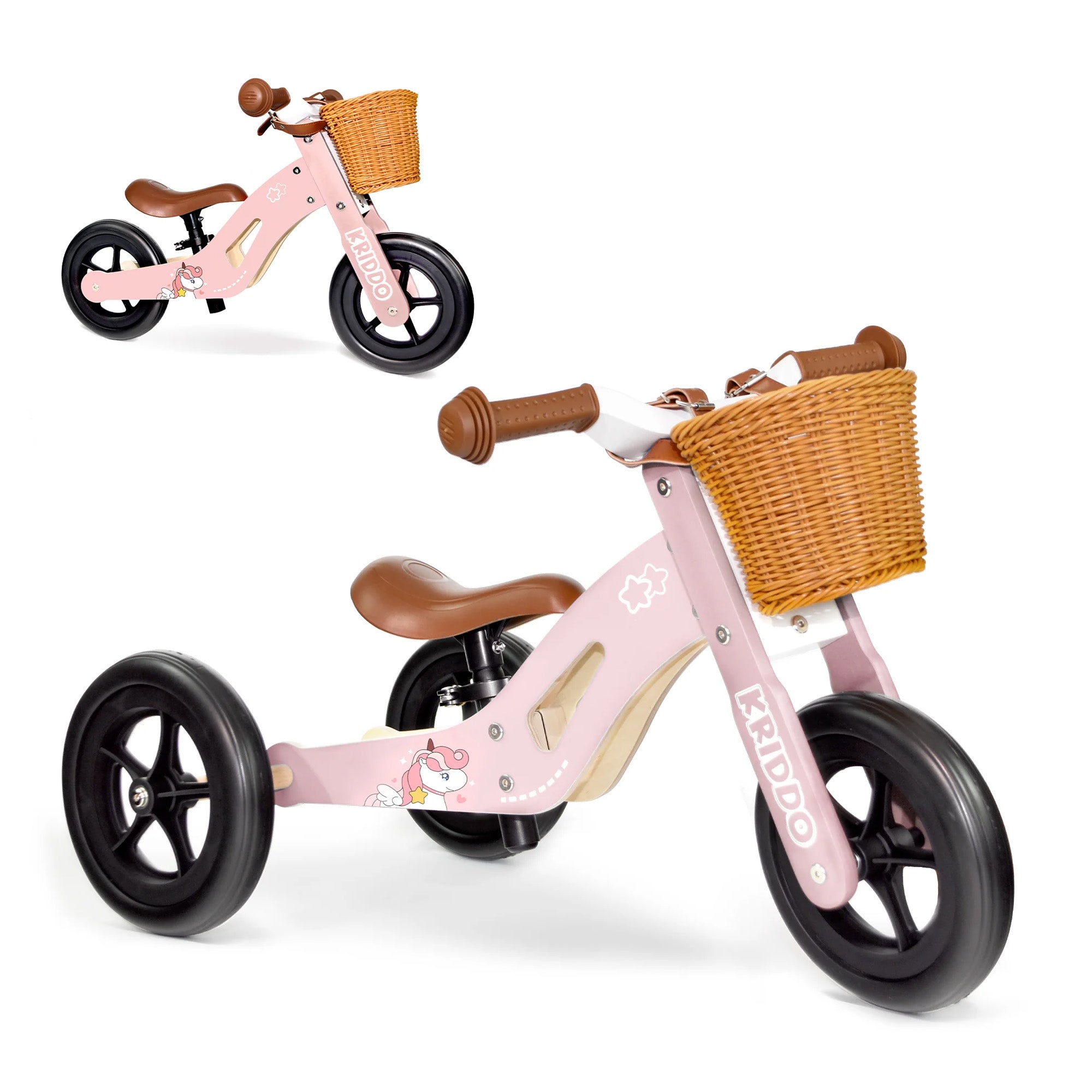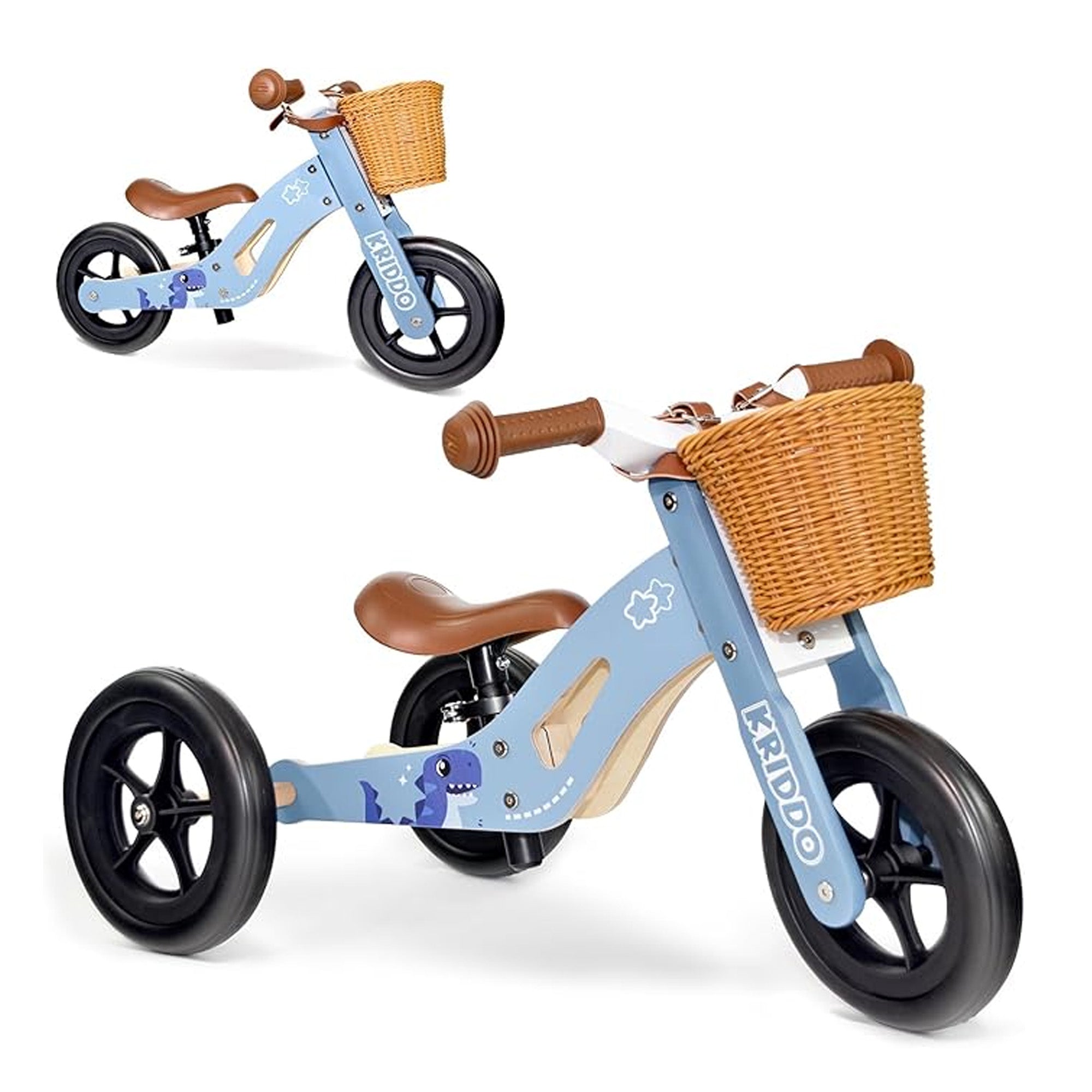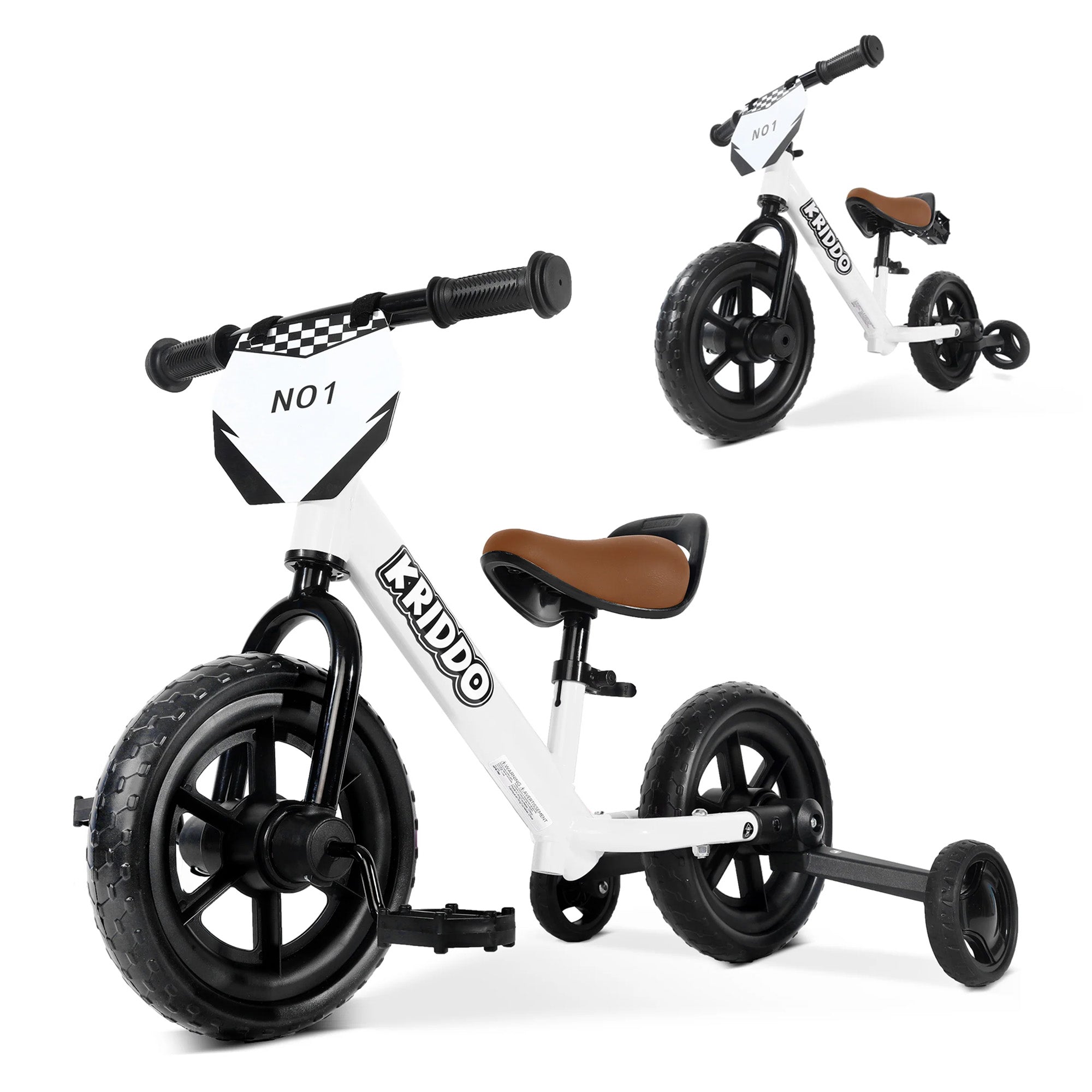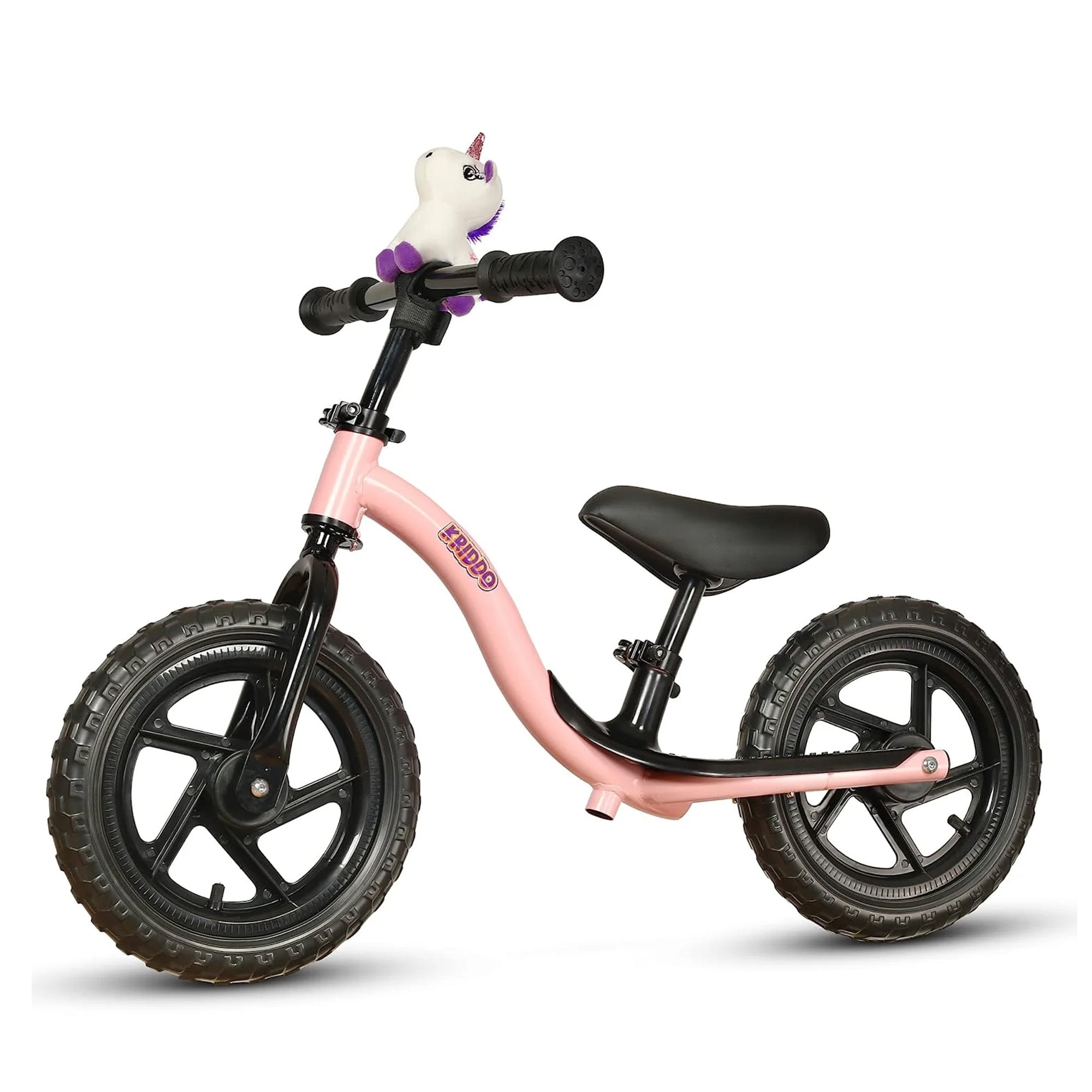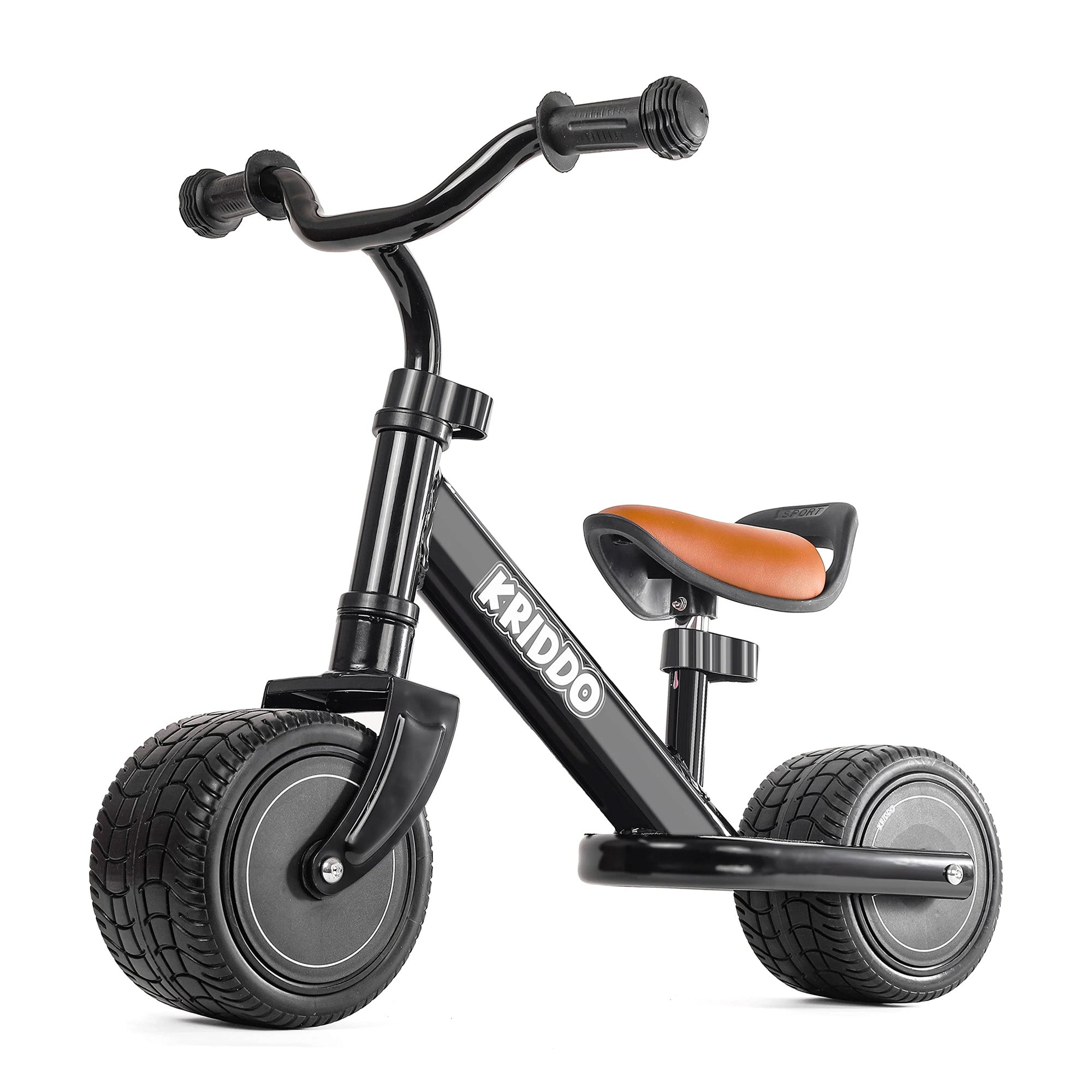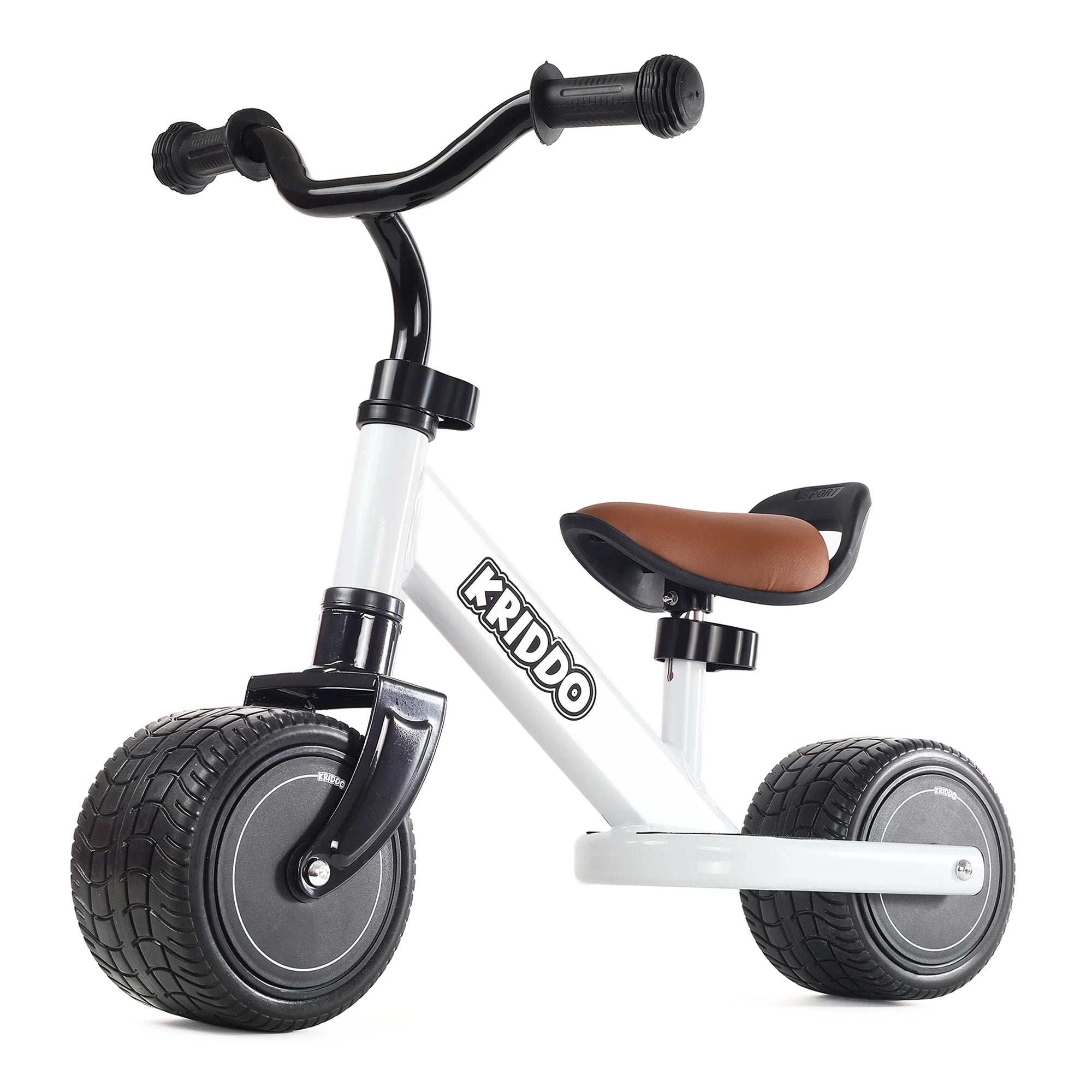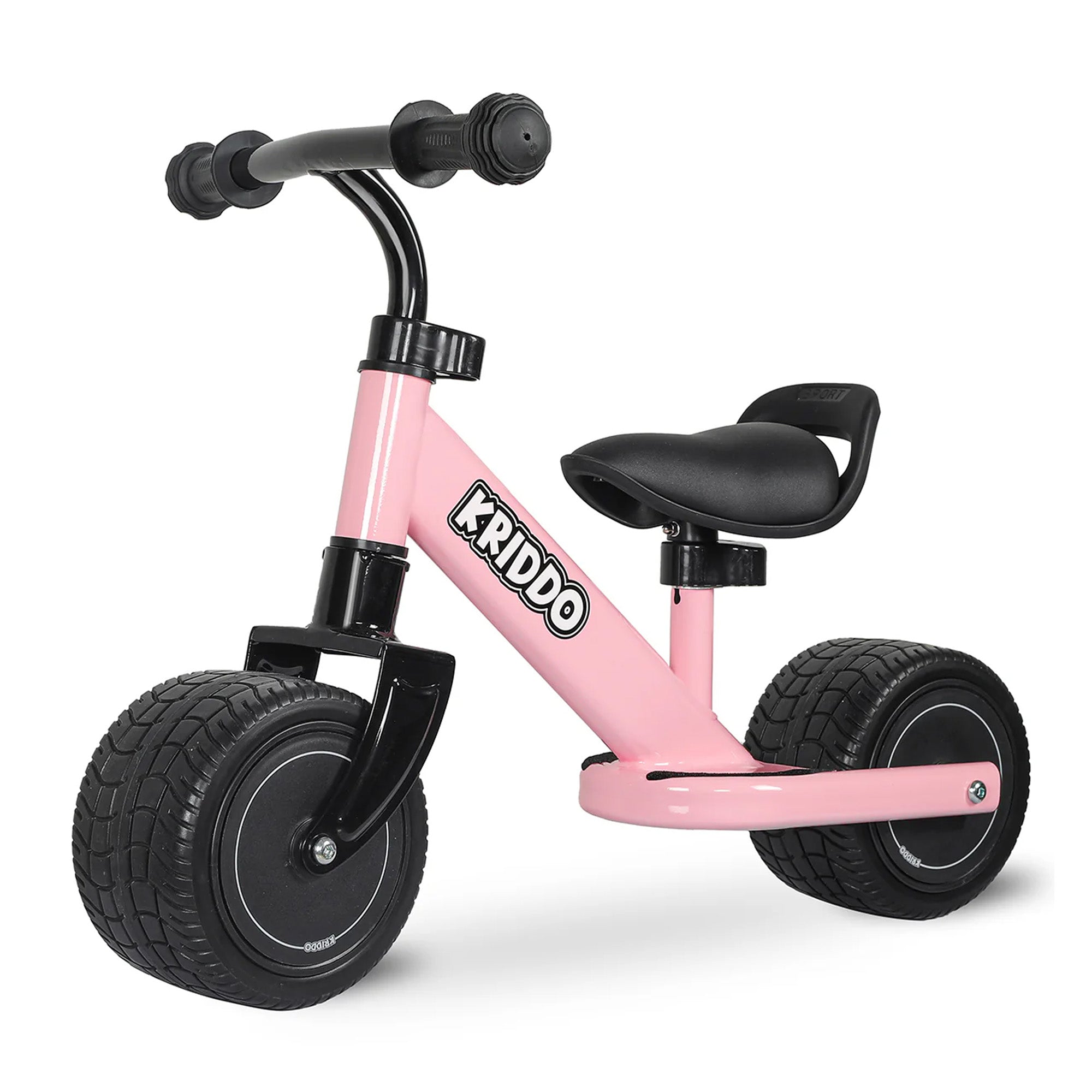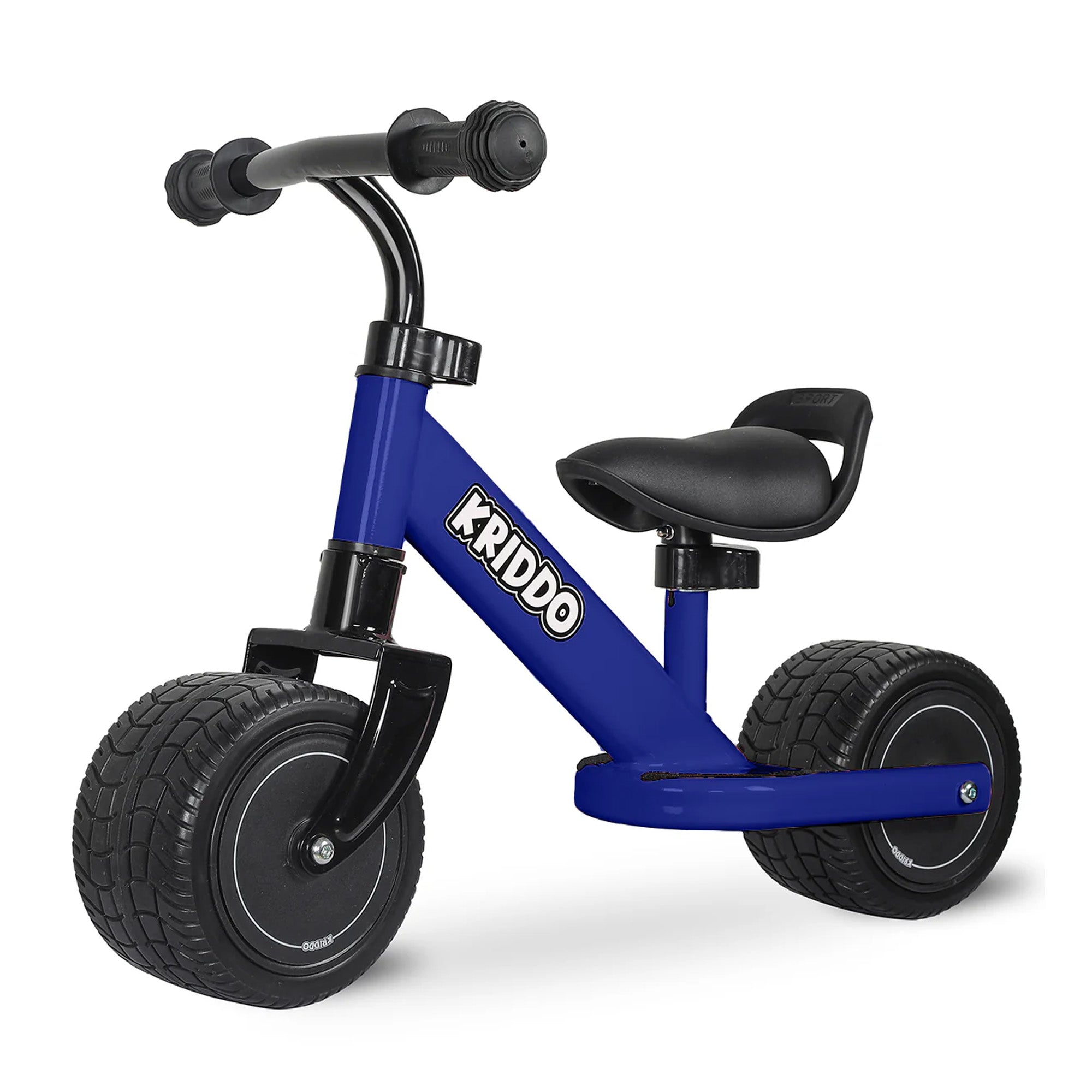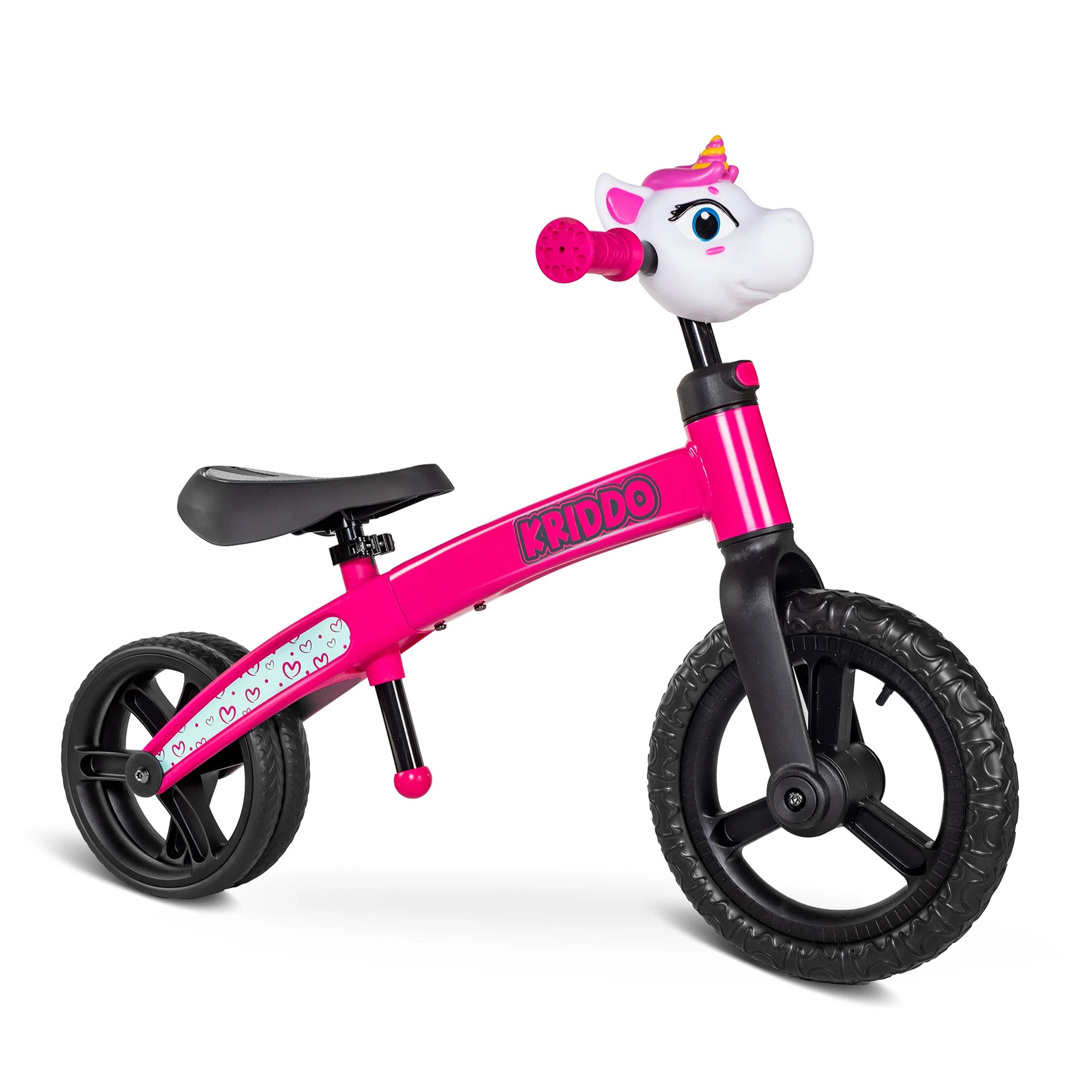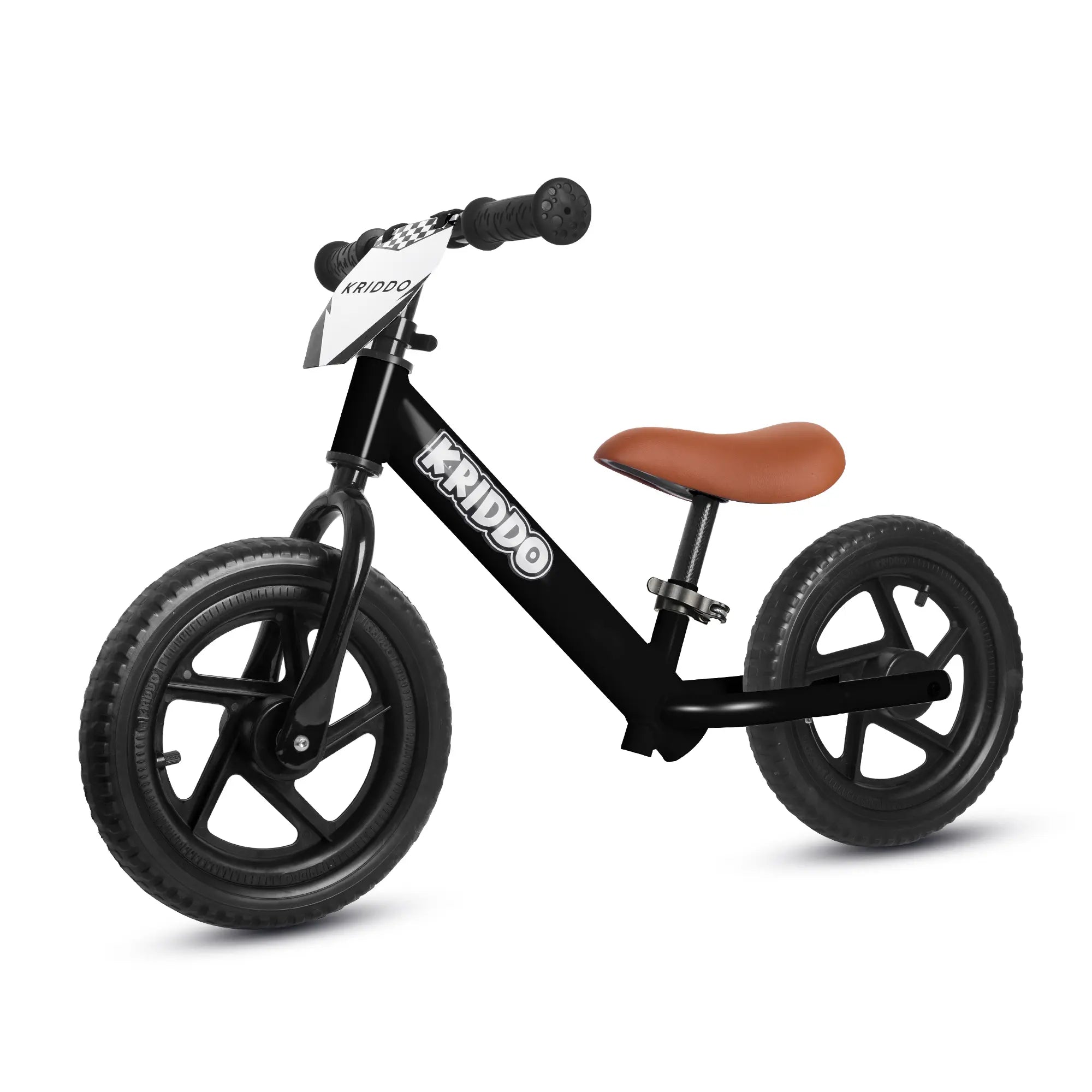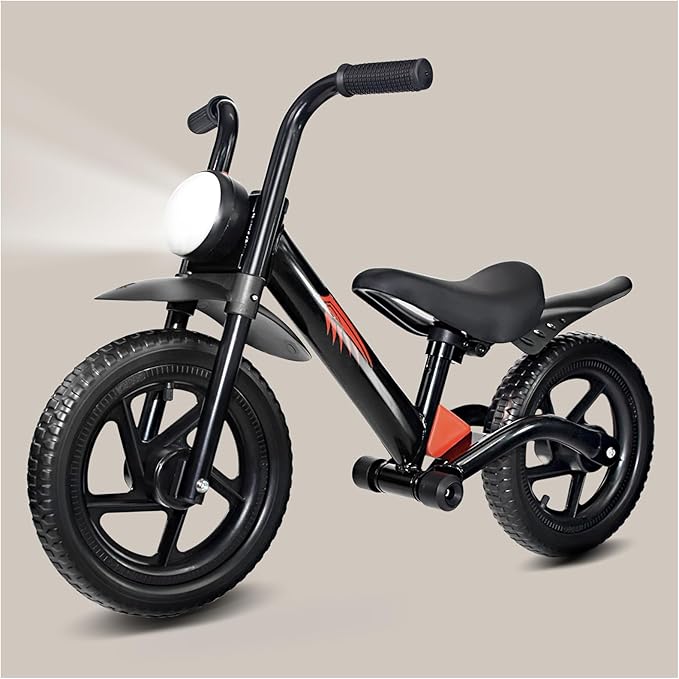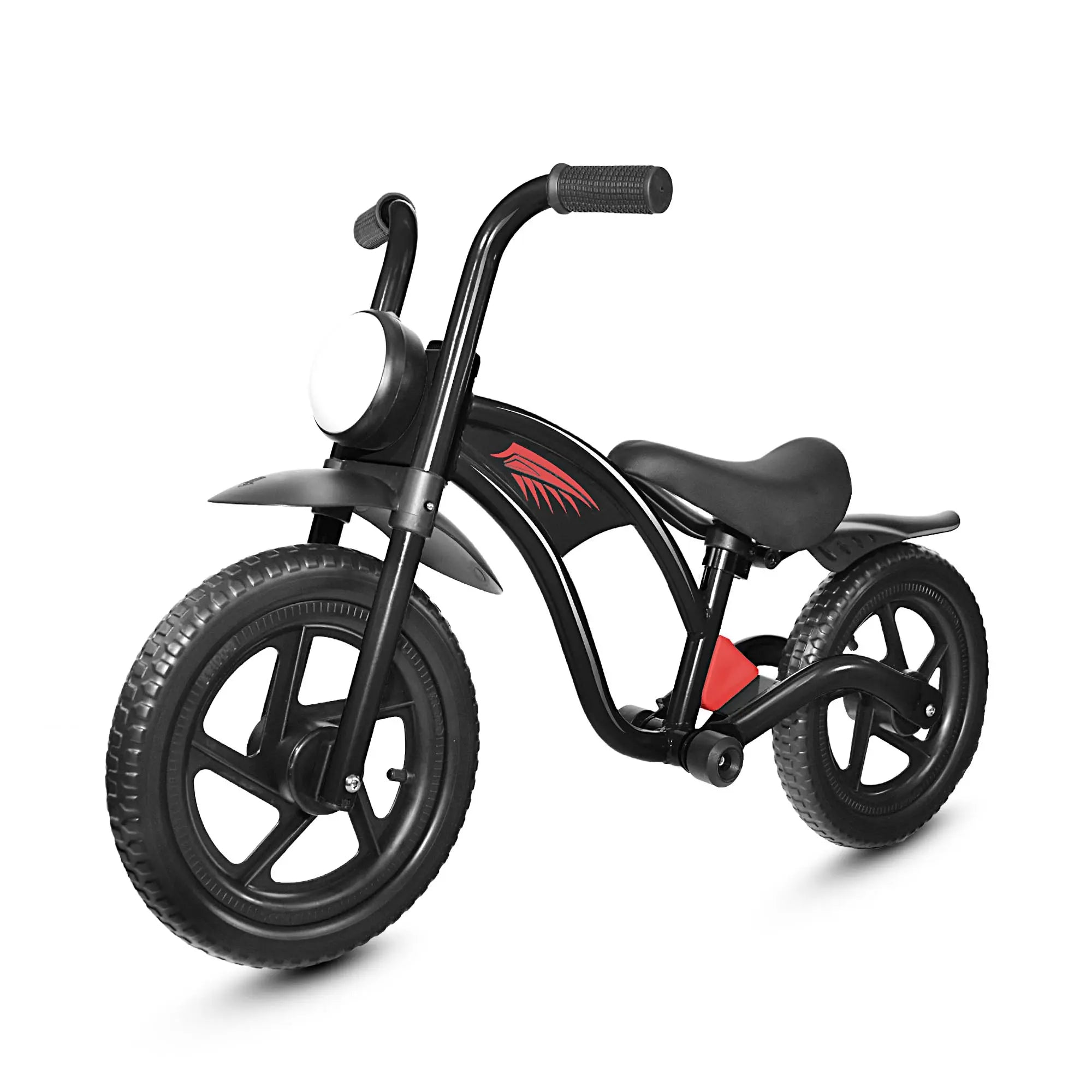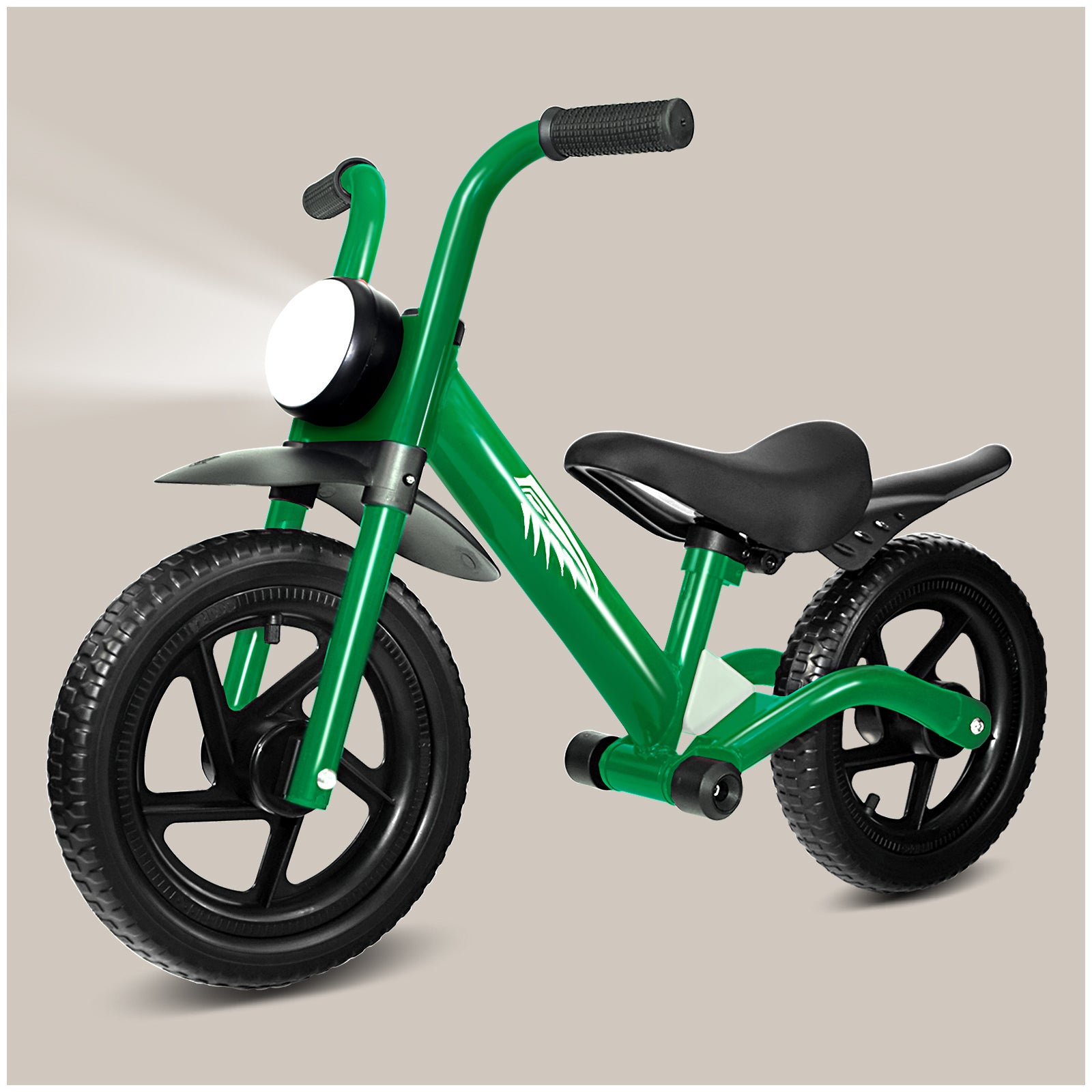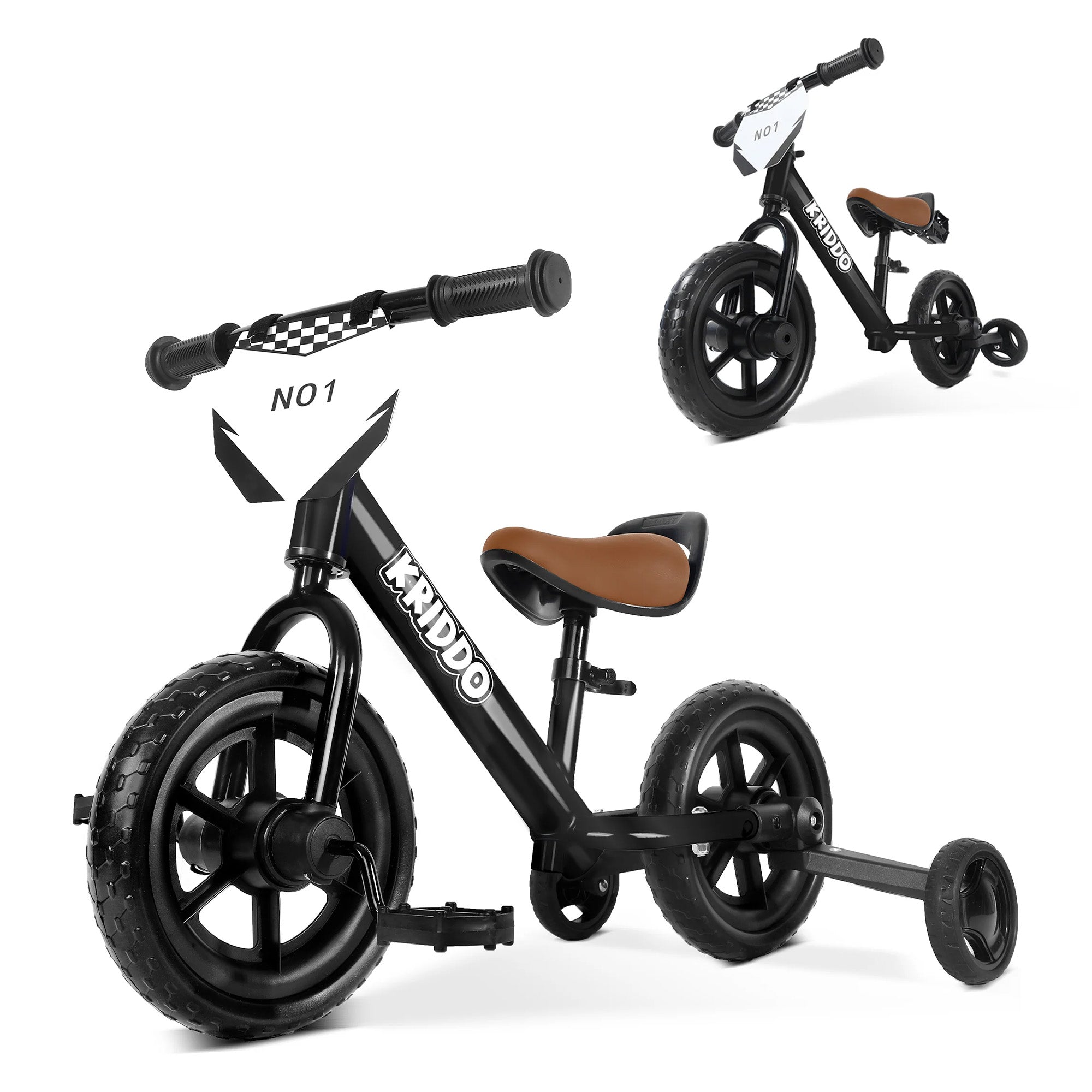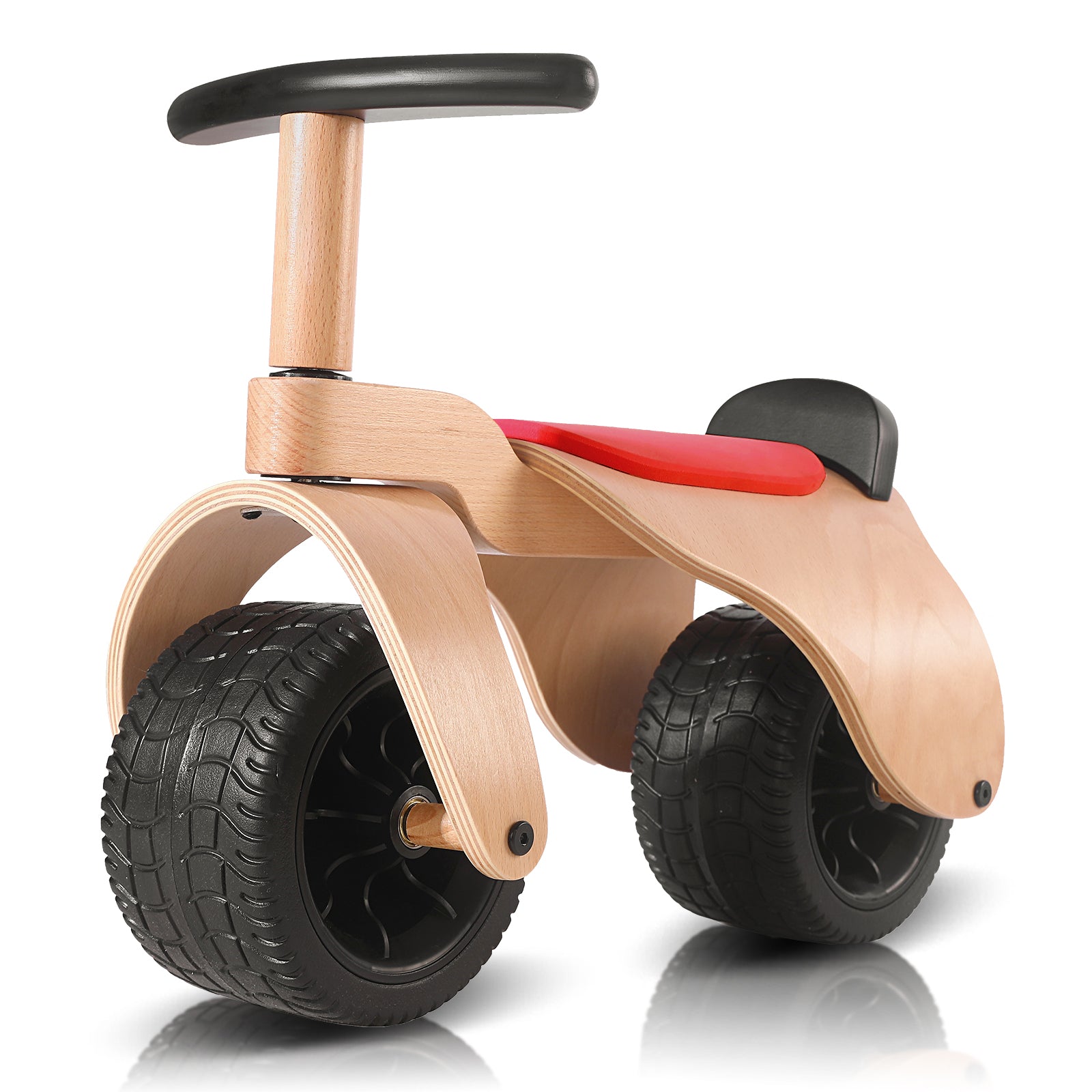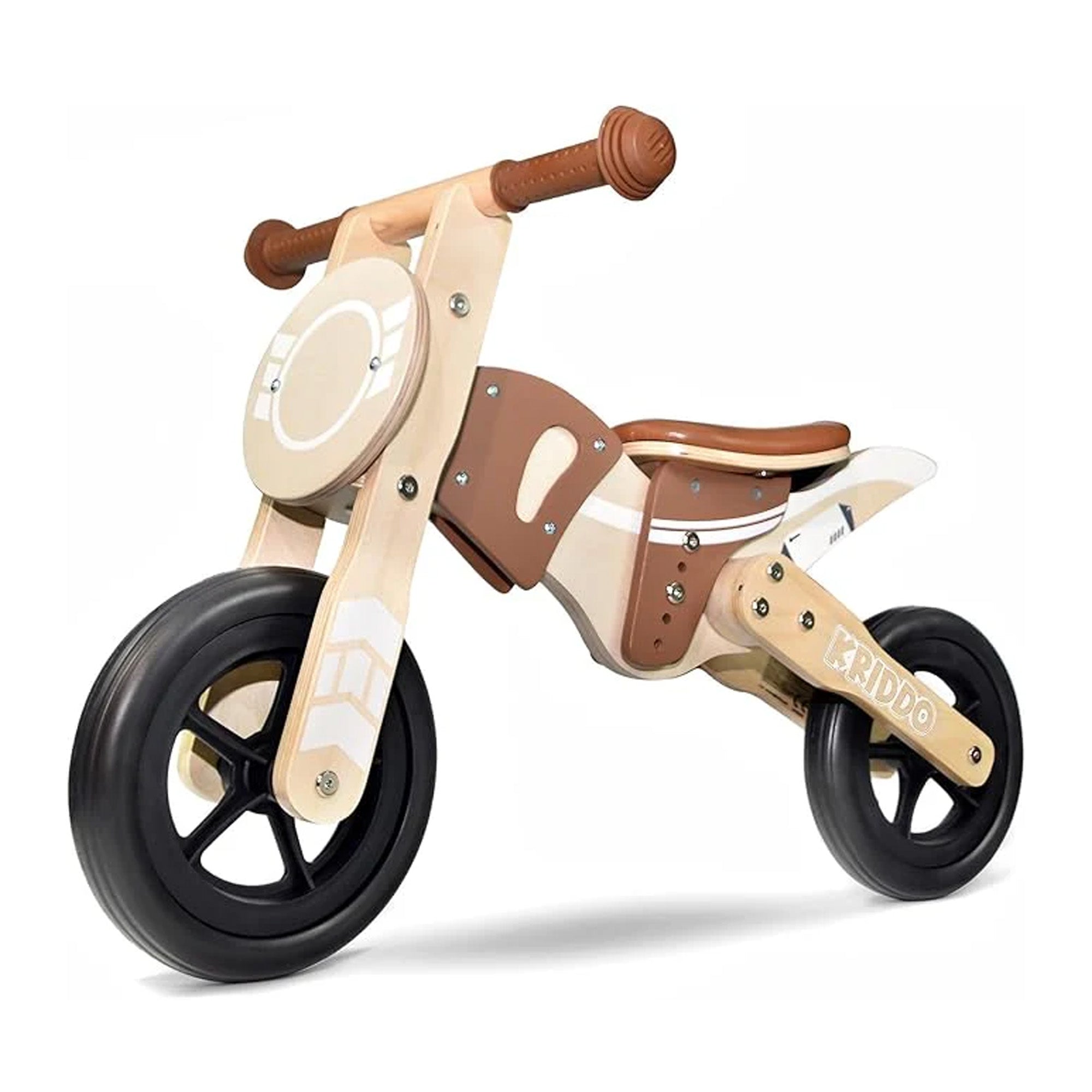How Does Physical Activity Improve Social Skills in Children?
Martin | 11th, Oct
Social skills shape the way children connect with the world. From making friends on the playground to working together in school, these abilities help them build confidence, empathy, and a sense of belonging. Yet many parents overlook one of the most powerful ways to nurture these abilities — physical activity.
You see, movement isn’t just about stronger muscles or better health. It’s about connection, laughter, and teamwork. As children run, jump, and play, they don’t just move their bodies — they move closer to understanding others.
The Hidden Link Between Movement and Connection

Physical activity and social development go hand in hand. When kids play together, they learn far more than how to dribble a ball or balance on a bike. They practice patience, cooperation, and communication — the very foundations of social growth.
Research supports this connection too. A study from PMC found that when parents encourage and participate in their children’s physical activities, it helps strengthen bonds between peers and caregivers. That sense of shared effort — cheering for each other, working toward a goal — builds trust and belonging.
On the flip side, children who lack basic motor skills like catching, jumping, or running often struggle to join group play. They might stand on the sidelines, feeling left out. That’s why developing physical confidence early on opens doors to friendships later.
What Types of Activities Help Build Social Skills?
The right activities depend on age, interests, and energy levels, but one thing is certain — variety matters. Kids need both independent movement and team-based experiences to develop well-rounded social skills.
1. Aerobic fun:
Activities like running, swimming, or riding a balance bike keep the heart healthy and the spirit high. When kids join balance bike races, they experience friendly competition, learn to follow rules, and celebrate wins and losses gracefully. Those shared moments — high-fives, laughter, encouragement — all build empathy and connection.
2. Team and family-based play:
Group activities such as climbing, tug-of-war, or joint parent-child games strengthen not only muscles but also relationships. Parents chatting while kids race around a playground often form family friendships, creating communities rooted in shared experiences.
3. Bone-strengthening activities:
Simple jumps, skipping ropes, or light gymnastics don’t just build stronger bones — they also teach rhythm, coordination, and taking turns, which are all critical social lessons.
Even short bursts of play matter. Several short, fun sessions throughout the day can do wonders for physical health and social engagement.
Even short bursts of play matter. Several short, fun sessions throughout the day can do wonders for physical health and social engagement.
Beyond the Game: How Sports Teach Empathy
Children are naturally energetic. They love movement, but what really motivates them is connection. Few kids enjoy running around alone for long. When others join in, excitement multiplies.
During these moments, children learn essential social cues — noticing when a friend is tired, cheering them on, waiting their turn, or celebrating someone else’s success. Take a simple group jump rope game. To play successfully, children must coordinate their timing, take turns, and cheer for others. Without realizing it, they’re learning empathy and teamwork — key social skills for life.
Teaching Kids to Look Beyond Themselves

So, how does physical activity improve social skills in a deeper sense? It helps shift a child’s focus from “me” to “we.”
When kids start joining group games, they begin to notice more than just their own performance. They learn that their actions affect others — that missing a pass or breaking a rule impacts the whole team. Games quietly teach cooperation, patience, and respect for others’ boundaries.
Parents can help by gently guiding attention outward:
- Encourage kids to notice how others feel during games.
- Talk about moments of kindness — like helping a teammate up after a fall.
- Praise not just skill, but sportsmanship.
This mindset builds emotional awareness and teaches children to value others’ experiences as much as their own.
Turning Competition Into Cooperation
Here’s the thing — kids love to compete. It’s a natural part of growing up. But sometimes, they get so caught up in winning that they forget the joy of teamwork. That’s where parents come in.
Rather than saying, “Winning doesn’t matter,” which kids rarely believe, help them focus on how they play. Discuss strategy, teamwork, and shared goals. In a small race of ten kids, finishing third helps a child see where they stand — not as judgment, but as self-awareness.
You can also introduce cooperative-competitive games like three-legged races or relay challenges. In a two-person three-legged race, for instance, children must:
- Understand their partner’s pace and needs.
- Coordinate steps through communication and trust.
- Handle mistakes — like tripping — with patience and humor.
If they fall, they learn to problem-solve: “Should we slow down? Match our rhythm?” That’s emotional intelligence in motion. Parents can support by asking reflective questions instead of scolding: “What do you think went wrong?” or “How could you move together better next time?”
These conversations turn frustration into growth and cooperation into genuine friendship.
Keeping the Right Balance: Cooperation Over Competition
When planning activities, remember that the goal isn’t to raise champions — it’s to raise empathetic, confident communicators. Games should highlight teamwork and learning, not just scores or prizes.
For example, in a group tug-of-war, if one side loses, guide the kids to analyze the outcome: Was it strength distribution? Timing? Coordination? Then encourage them to brainstorm improvements together.
This reflective teamwork helps children practice listening, compromise, and appreciation for diverse ideas — traits that matter far beyond sports fields.
The Bigger Picture: Movement as a Language of Friendship

Physical activity speaks a universal language — laughter, teamwork, and shared joy. When children play together, they exchange unspoken messages of trust, encouragement, and belonging.
Over time, these experiences mold not just stronger bodies, but stronger hearts. Every skipped rope, every race, every tumble teaches resilience, patience, and connection. And when parents model encouragement rather than perfection, kids learn that relationships — not results — make play worthwhile.
Featured Products

